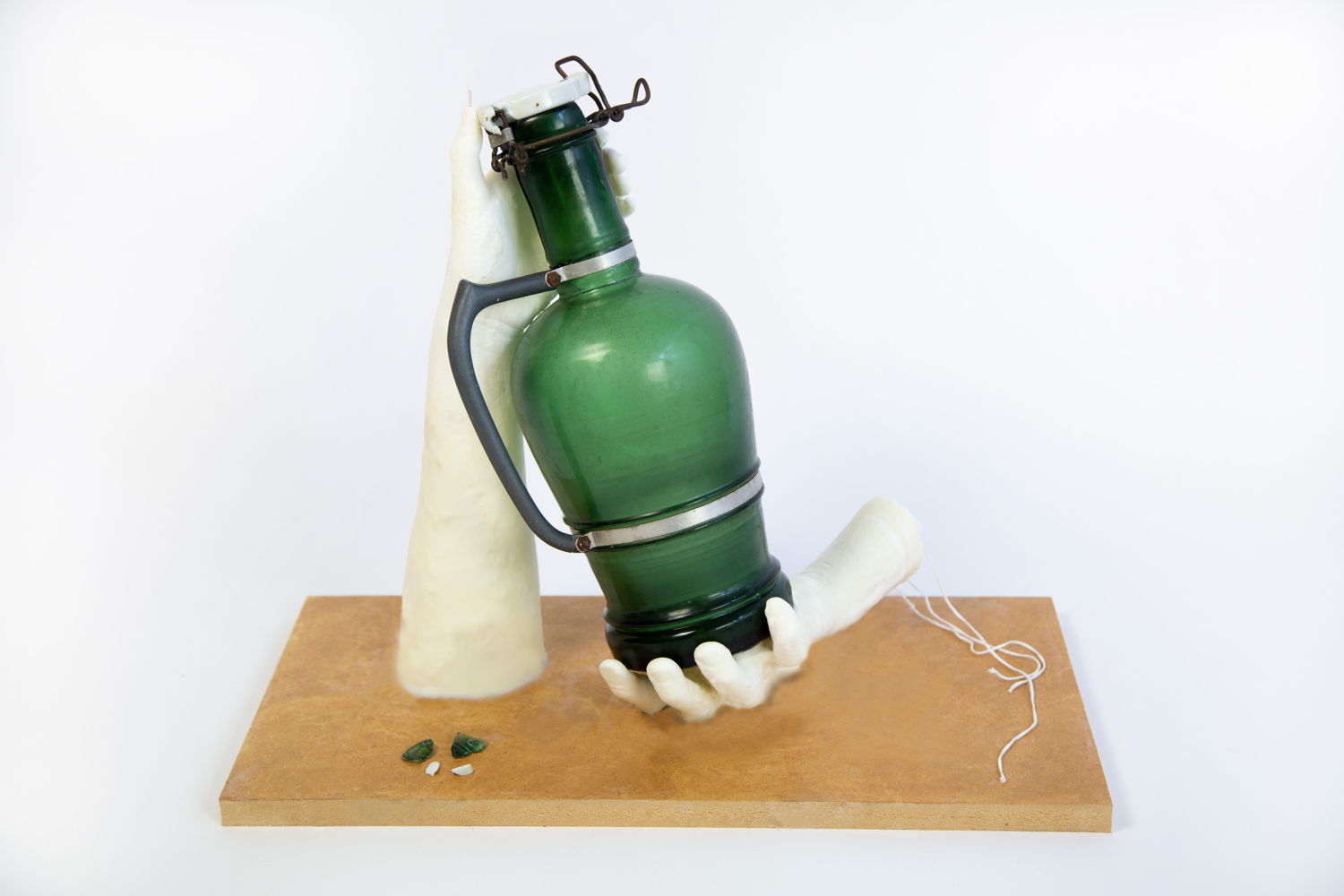‘R for Repair: London x Singapore’ Exhibition Opens at the V&A London on 17 September, Bringing the Transformative Power of Repair to the UK
September 2022: ‘R for Repair: London x Singapore’, the second edition of the ‘R for Repair’ exhibition, opens on 17th September at the V&A London. Running until 2nd November, the exhibition shines a timely spotlight on consumerism by showing how, with a little ingenuity, cherished but broken objects can be given both new meaning and a fresh lease of life.
September 8, 2022

Presented by DesignSingapore Council, National Design Centre (Singapore) and the Victoria & Albert Museum (V&A) (London), the second edition of the project makes its international debut at the V&A London. Co-curated by Hans Tan Studio (SG) and Jane Withers Studio (UK), as a London x Singapore exchange, ‘R for Repair: London x Singapore’ is being shown during the London Design Festival (LDF) 2022, and in conjunction with Singapore Design Week. The exhibition will be on display at the V&A in the Design 1900 – Now gallery until 2nd November.

The original exhibition debuted at the National Design Centre in Singapore in January 2021. Initiated by Hans Tan Studio and commissioned by DesignSingapore Council, the project sits within a growing landscape of initiatives designed to encourage a repair culture. As we address global waste output and the need to rethink our relationship to objects, ‘R for Repair’ embraces our attachment to things and explores how creative repair can both preserve meaning and breathe new life into our possessions.
The first edition of ‘R for Repair’ in 2021 featured a call out for people to submit broken objects as well as share the stories that gave these items significance. The objects were then passed on to designers for creative repair, with the brief of giving them a new persona or form while respecting the owner’s attachment. This process returns for the 2022 edition, presented at the V&A London.
Opening in time for London Design Festival 2022, this edition of ‘R for Repair’ is a special exchange between the UK and Singapore with objects from both countries creatively repaired by a selection of Singaporean and UK designers. The exhibition includes ten items repaired by ten different designers for 2022, alongside three repaired objects from the original exhibition in 2021. The exhibition is on show in the V&A Design 1900 – Now gallery in a display created by Nice Projects. All final repaired objects are on display from 17 September 2022 to 2 November 2022. Everything on display will be returned to the owners thereafter.
The co-curators comment:
“Though repair used to be the first response when something breaks down, current day hyper-consumption has diminished the transformative role of repair. It is important to reframe repair in the contemporary context through design, which I believe when done well, comes with a good value system for how we could consider ownership.” – Co-Curator, Hans Tan.
"What interests me with this project is how we can create a richer understanding of repair culture. It celebrates the possibilities of repair as a creative process, something that adds new layers to an object’s identity and meaning – addressing the ‘emotional’ as well as the ‘functional’. – Co-Curator, Jane Withers
The charm of ‘R for Repair’ lies in the stories behind the objects and their owners’ attachment to them, ranging from decorative objects (a wooden puffin, for instance) to the everyday items (a green glass bottle, a dog ball). The rich histories that accompany the objects, despite their fractured state, add a unique sense of character and sentiment to the items, inviting us to rethink the ways in which we, as a society, relate to old and damaged objects and ascribe value to the material items in our lives. Even a humble plate can tell an epic story, such as the tea saucer included in the exhibition that was smuggled out of Paris’ iconic Maxim’s restaurant by actress Jane Birkin in the 1970s. Submitted by Andrew and Karen Birkin, this memento to the fashion muse has been repurposed by designers STUDIO DAM.
Stories of personal loved ones and memories of celebratory life events are also attached to the various objects in the exhibition. These include a grandmother’s no-longer-working camera, which has been redesigned by Singaporean experimental architect and designer Syafiq Jubri – whose work focuses on drawing and mechanical design; and a shattered glass from a Jewish wedding ritual refashioned by London-based multidisciplinary artist, Attua Aparicio Torinos – who works at the intersection of design, craft and art.
The owners have kept these objects, despite the fact they have lost their utility or original form, highlighting an unseen element – an emotional connection – between object and owner. By entrusting these cherished broken objects to the designers, the owners are taking a leap of faith – demonstrating the belief in the value of creative repair, not only to preserve, but to add a new layer of memories.
Repaired Objects 2022
Puffin (Graham Secrets)
Decorative wooden toy repaired with rattan and thread
Owner: Oli Stratford (UK)
Repaired by: Ng Si Ying (SG) in Singapore, 2022
The Puffin is a contemporary edition of a classic wooden toy designed by Kay Bojesen in 1954. Nicknamed ‘Graham Secrets’ by its owner, it was a gift from his parents for his 30th birthday.
On submitting the puffin for repair, Oli wrote: “Unfortunately, Graham was attacked in the night by my cat Edward, and the poor lad has never been the same since. I tried to fix Graham’s wing, but it turns out that DIY kintsugi is really hard, and my puffin is now smeared in gold, which has stripped off the lacquer in blotches on his tummy, leaving him quite shabby and, if anything, has made the wing look even worse.”
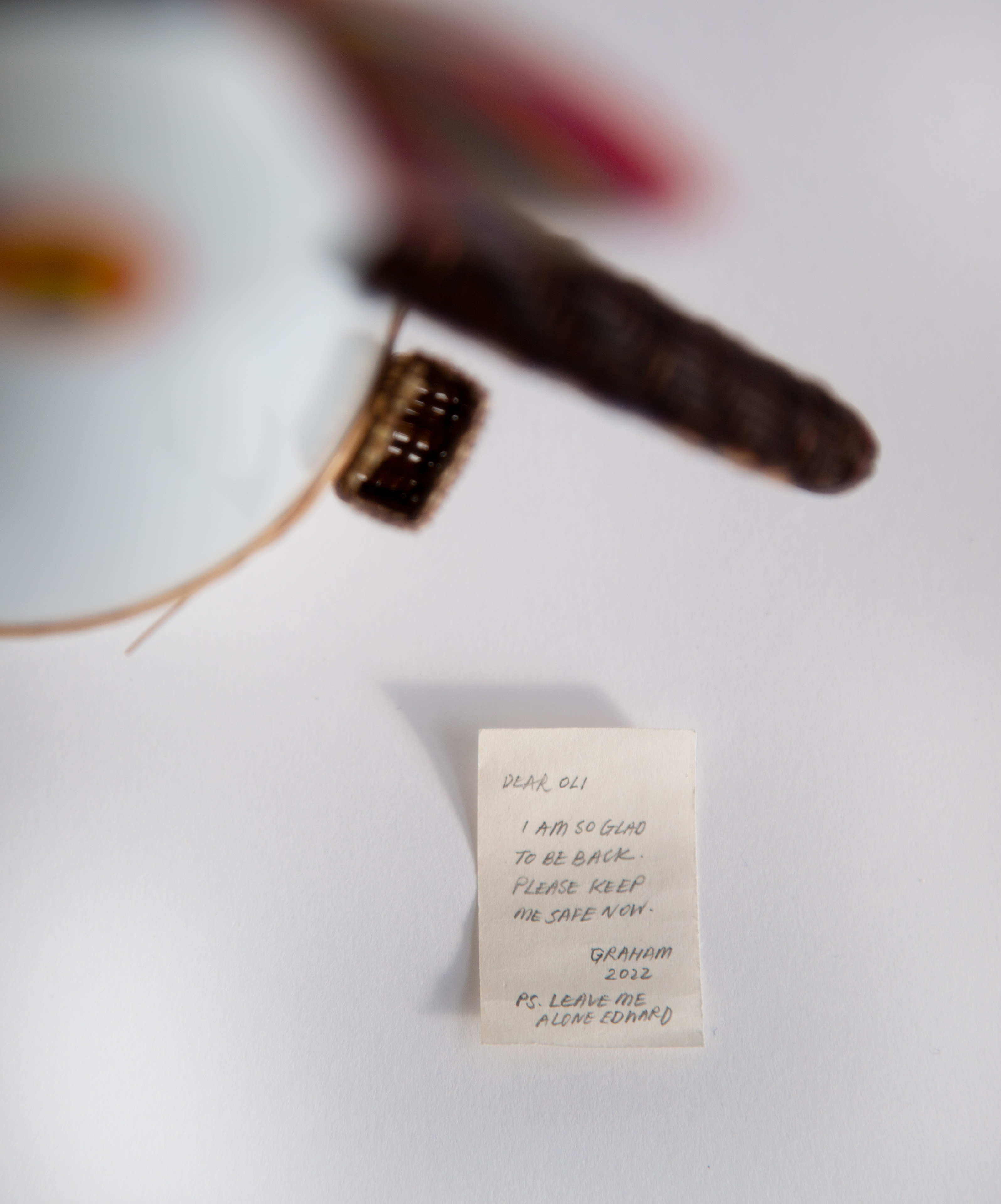%20%E2%80%93%20repaired%20by%20Ng%20Si%20Ying%2C%20part%20of%20R%20for%20Repair%202022.%20Image%20by%20Zuketa%20Film%20Production_2.jpg.jpg)
Designer Ng Si Ying has fashioned a cast for the broken wing, using an intricate rattan weaving technique that covers the clumsy repairs and restores the toy’s dignity. In order to avoid using adhesive, the belt serves to hold the sling in place.
Sewing Chest
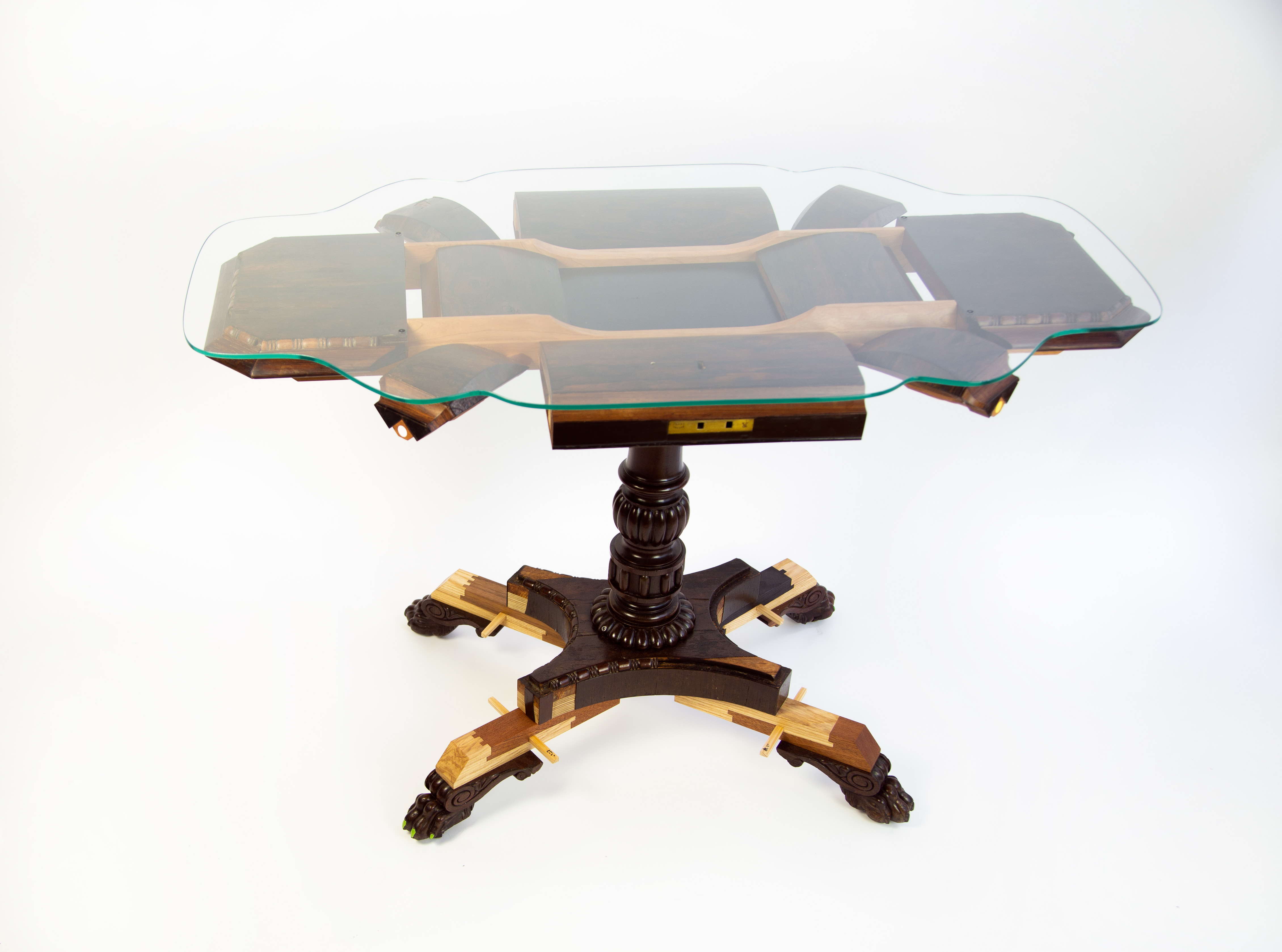
An antique chest repaired with ash, cherry, sapele, walnut, paint and glass
Owner: Eleanor Suggett Stephens (UK)
Repaired by: Rio Kobayashi (UK) in London, 2022
When the owner inherited this 18th Century sewing chest from her grandmother, she discovered it contained sketches and watercolours which no one knew she had made.
Eleanor explained: “My grandmother was from a generation of women who lived very formally, and she didn't tend to speak about her passions. After her passing, I learnt she wanted to become an artist, but that this dream was halted when she had to become the family bread winner in her teens. This piece of furniture represents that creative dream which never happened for her and reminds me how fortunate I am to have a career in the arts.”
Maker and designer Rio Kobayashi opened up the chest to form a tabletop, comparing the transformation to a flower blooming. The traditional Japanese joinery techniques used to raise the feet rely on a combination of intricate joints and wooden pegs that dispense with the need for glue or nails. The recess in the centre is intended to display the original sketches.
Saucer from Maxim’s de Paris
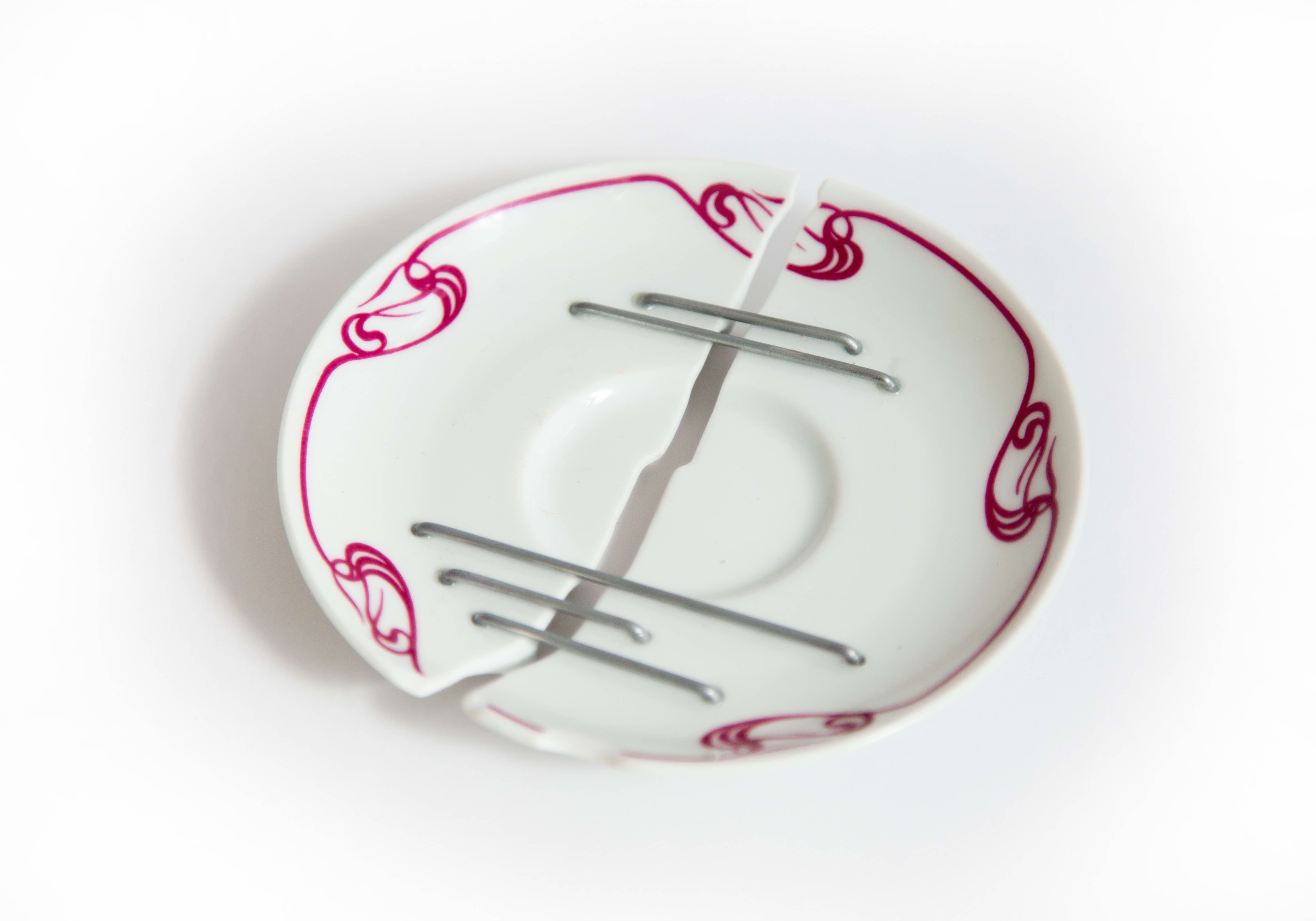
A porcelain plate repaired with steel staples and epoxy glue
Owners: Andrew and Karen Birkin (UK)
Repaired by: STUDIO DAM (SG) in Singapore, 2022
This saucer is part of a monogrammed dinner service produced by Maison Haviland for the famous restaurant Maxim’s de Paris. It was pinched in 1975 by actress and singer Jane Birkin for her brother Andrew, who submitted the piece for repair with his wife Karen.
Andrew recalled the night the plate was broken: "Jane secreted a few pieces of crockery into her voluminous basket. As we were leaving Maxim’s, bleary-eyed in the new year’s dawn, someone stopped her for an autograph. Jane put down her top-heavy wicker basket, whereupon it capsized, and to her toe-curling embarrassment, out rolled a dozen saucers and plates across the dining-room floor. The head waiter nonchalantly gathered them up and handed them back to Jane. “A gift from Maxim’s. If you require more, you only have to ask.” Such is fame.”
When asked how far multidisciplinary design agency STUDIO DAM could go with their repair, Andrew responded they could make a spaceship out of it. The repair is inspired by Stanley Kubrick’s 2001 A Space Odyssey, which Andrew Birkin worked on early in his career. This is STUDIO DAM’s take on Juci - 锔瓷, a Chinese porcelain repair technique centred around the use of metal staples.
Doll’s House Furniture
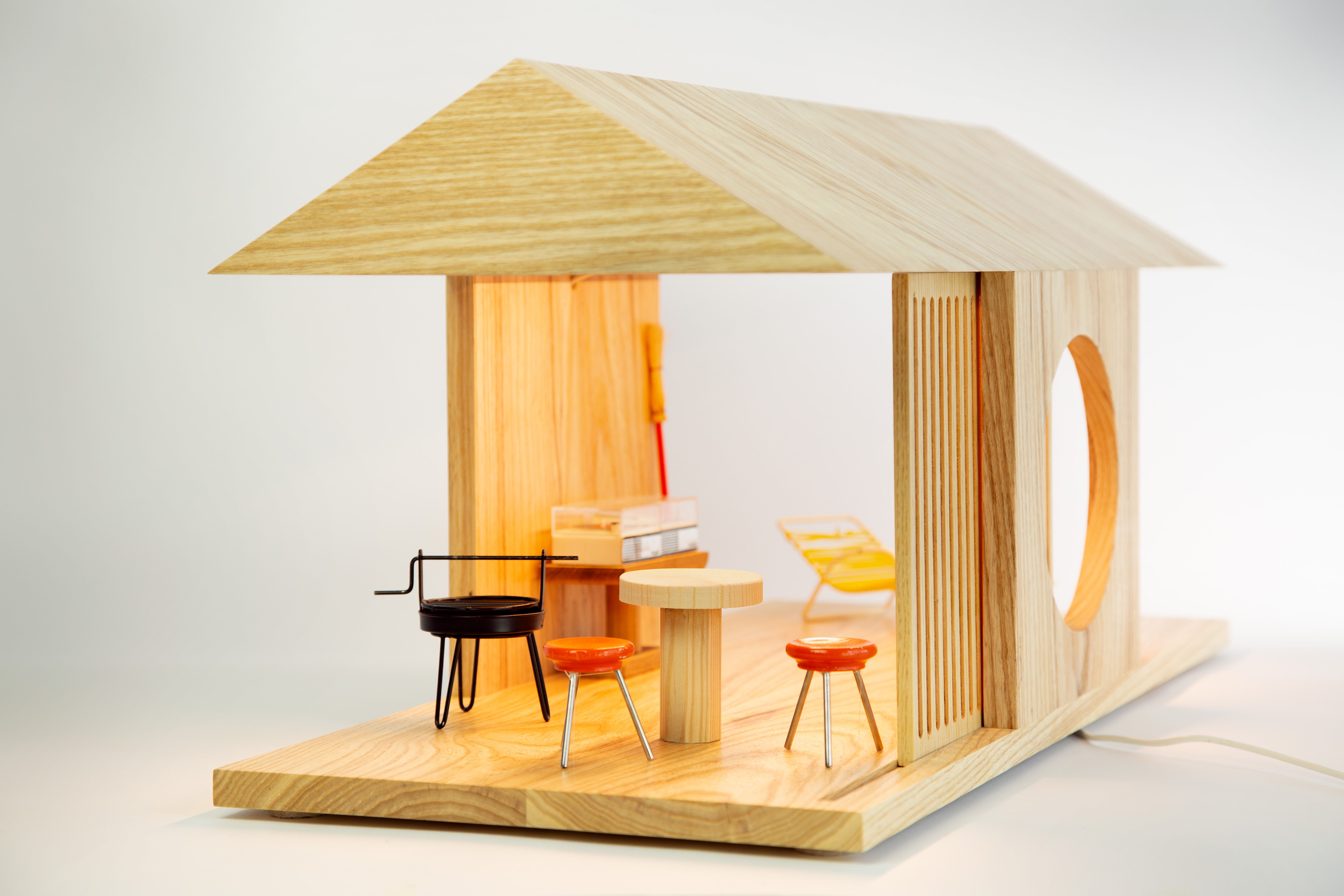
A new ash doll’s house for the miniature toy furniture
Owner: Charlotte Philipps (UK)
Repaired by: Studiomama (UK) in London, 2022
The furniture is thought to have been purchased from a German toy shop called Spielwaren Kurtz in Stuttgart in the late 1960s, early 1970s by the owner’s parents. These are the few remaining pieces from a cherished doll’s house and furniture collection.
Charlotte recounted: “My sisters and I each had a small doll’s house – more like a sophisticated cardboard box which our father had made. Every Christmas, these doll’s houses would be brought to us by Father Christmas with one or two new items of furniture or accessories. We could not wait to start playing, decorating, furnishing, and throwing elaborate parties inside the dolls’ houses. Of course, the scale of the items does not match at all - but we never noticed.”
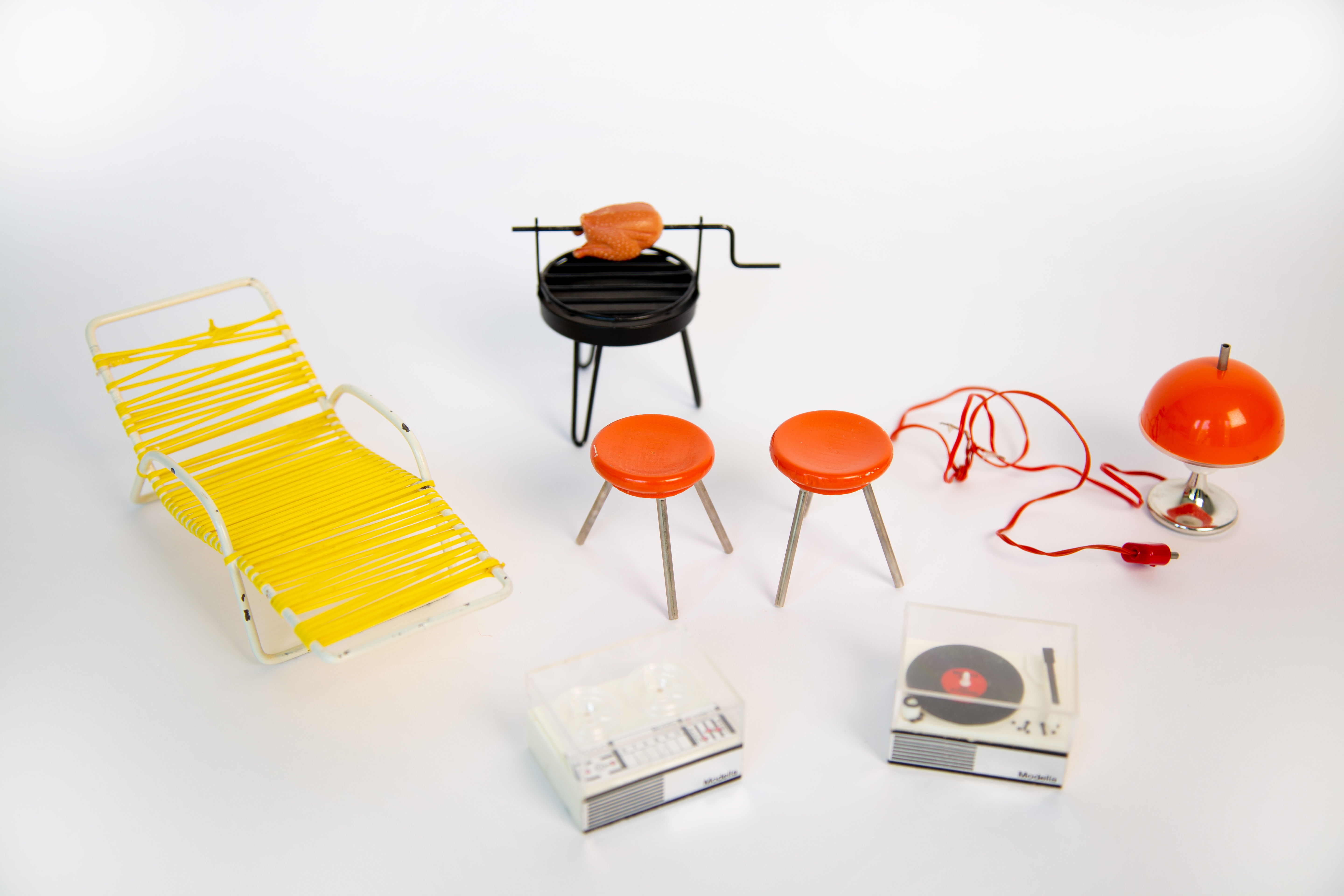
A repair can sometimes consist in bringing back what was missing – in this case, the Doll’s House itself. Taking inspiration from Charlotte’s original doll’s house and adding the sliding door/wall she always wished for, Nina Tolstrup and Jack Mama of Studiomama have created a new stage for the furniture and associated stories to live on.
Winnie the Pooh Clock
Original clock mechanism and decorative elements rehoused in a new powder coated aluminium casing
Owners: Yip Sisters (SG)
Repaired by: Brown Office (UK) in London, 2022
This clock features characters from Winnie the Pooh, a collection of stories created by A.A. Milne and E.H. Shepard in 1926, and later licenced to Walt Disney Productions. After 21 years of use, the clock stopped working a few months ago.
Stacey Yip recalls: “This clock was a housewarming gift from our dad’s Japanese friend when we were just 4 and 6 years old. Over the years, the clock progressively lost some of its functions – starting with the rocking motion of the see-saw, the hourly musical tune falling silent and the disintegration of the graphics on the metal backplate. We cannot remember a time without this clock.”
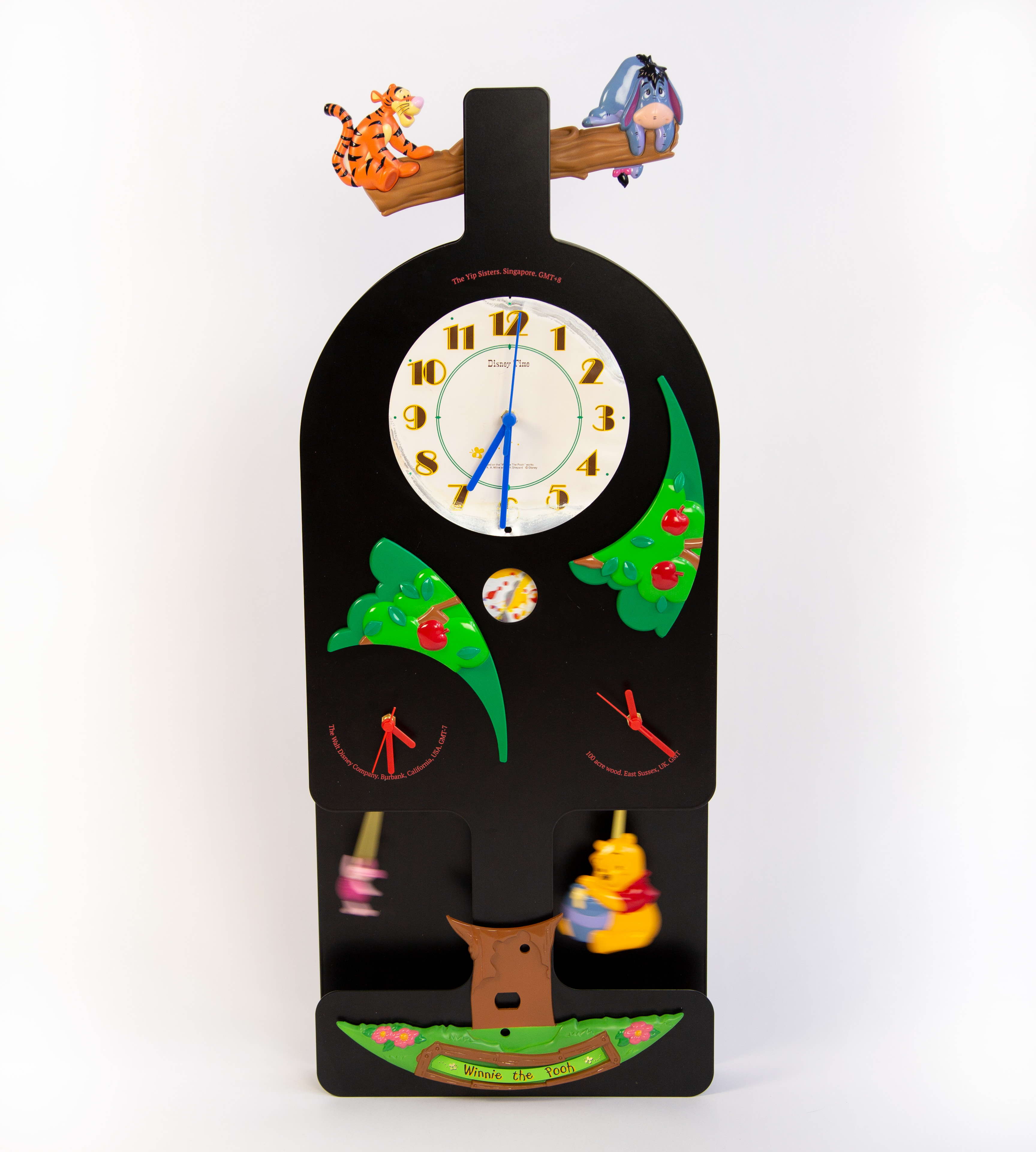
Dean Brown of Brown Office stripped the original clock back to its components and recomposed it as a ‘grandfather clock’ that prominently features the sisters’ beloved see-saw element. Emphasising the global nature of this artifact, two smaller clocks have been added to mark the time of the Walt Disney Company and 100 Acre Wood, the fictitious location of the Winnie the Pooh stories.
My Grandma’s Camera
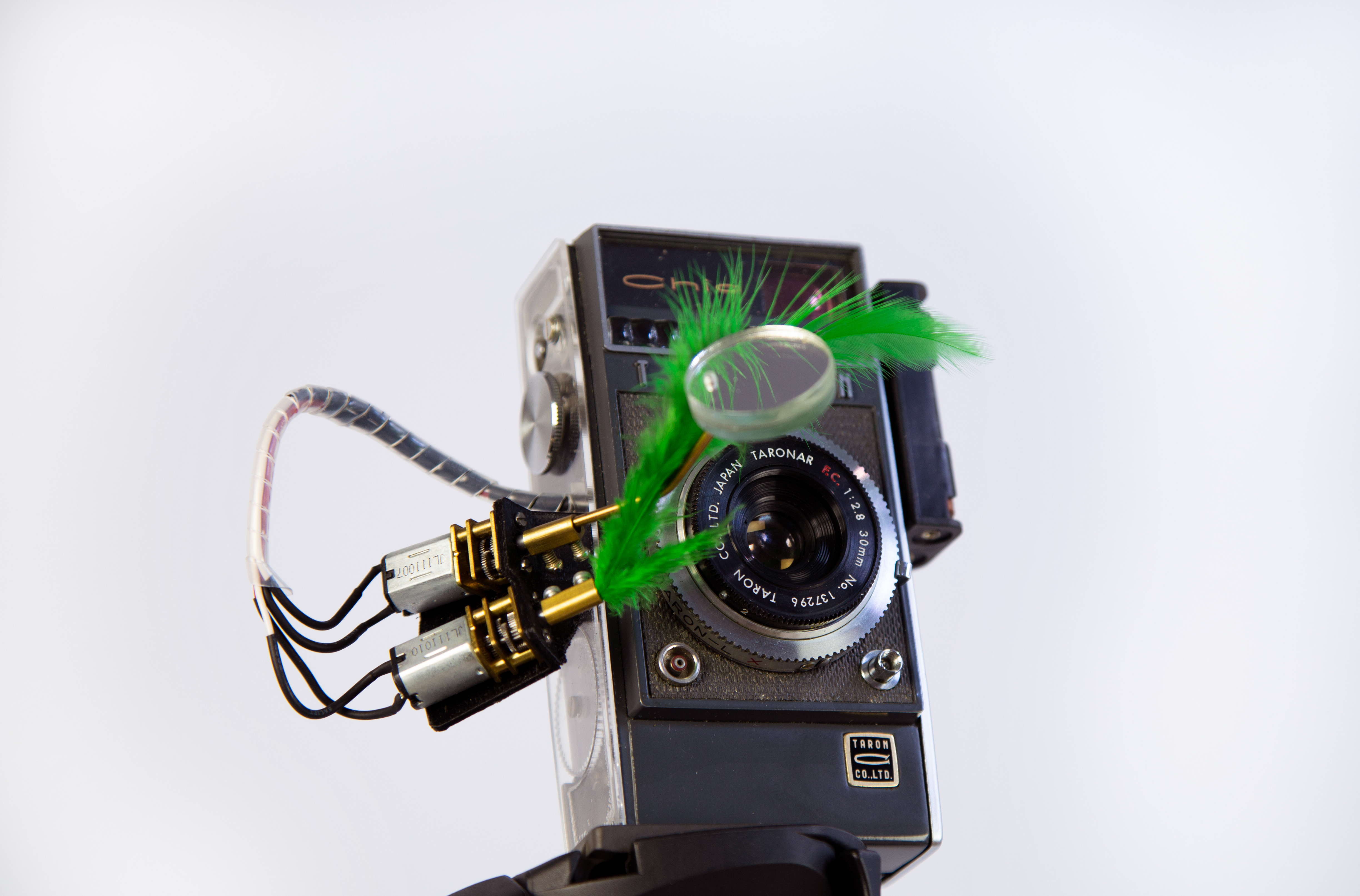
An analogue camera restored and modified using brass, acrylic, 3D printed PLA and assorted mechanical and electrical components
Owner: Rachael Hymas (UK)
Repaired by: Syafiq Jubri (SG) in Singapore, 2022
Designed to be held vertically, this Taron Chic camera was originally released in Japan in 1961. It belonged to Rachael’s grandmother, who retired early to embark on a life of travel with her husband in a campervan from 1986-2008.
Rachael, who is now following in her grandmother’s footsteps by refurbishing a campervan herself, said: “I love the idea of experiencing the world as my grandparents did and I hope to drive to Morocco, which was their favourite destination. This camera doesn’t work anymore, but it has a lot of value to us as a family so I’m looking forward to seeing how it might be transformed."
Architect and designer Syafiq Jubri has restored the camera by mending the mechanical fault in the gear assembly. Challenging the idea of the camera as a ‘perfect translator of light’, he has added a rotating mirror that captures blind spots and a green feather that ‘tickles the light’ to give the photographs a more playful and spontaneous character.
Lucky’s Ball
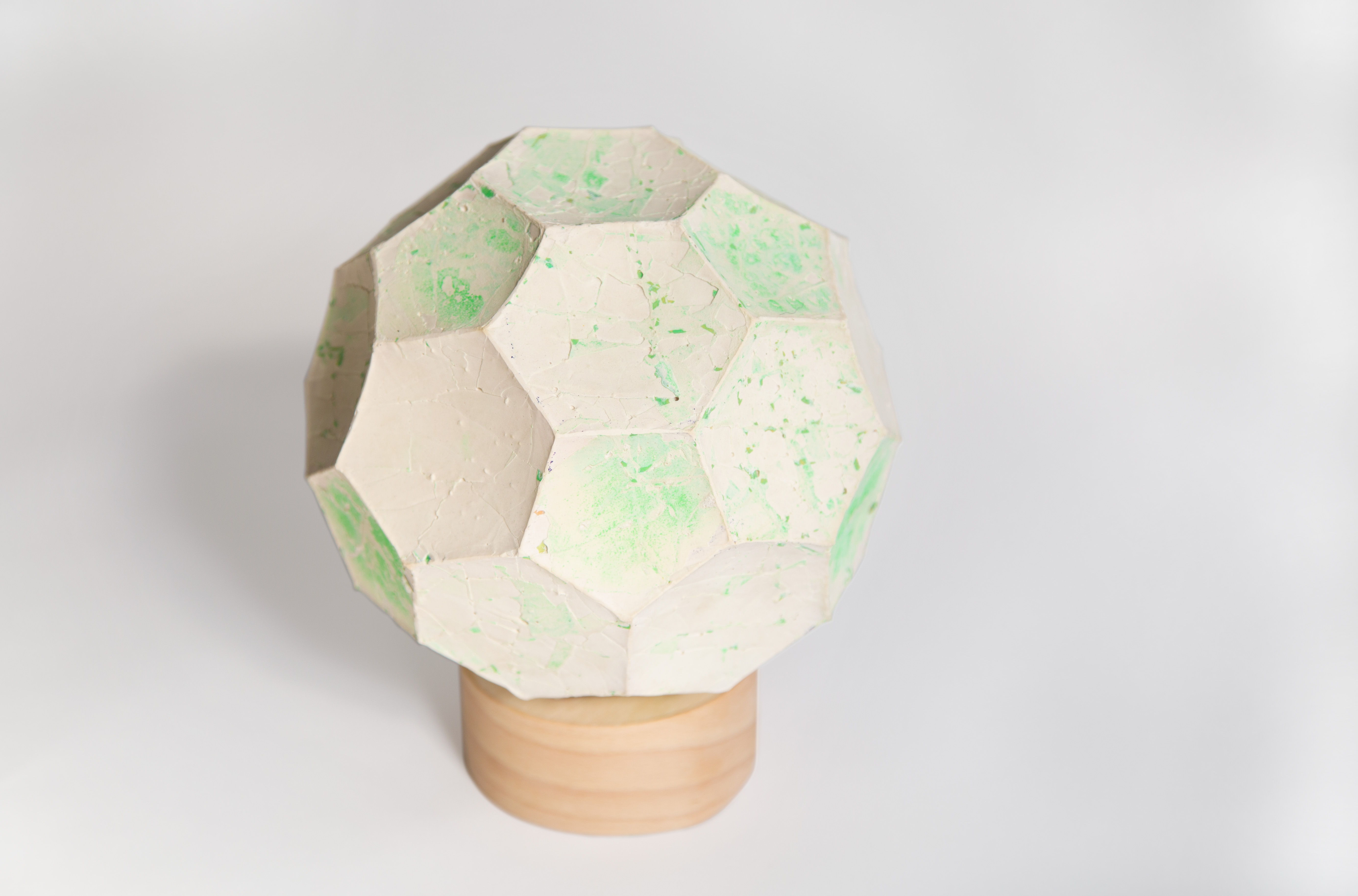
A cast of a dog’s play ball made of plaster, polyurethane resin, and wood
Owner: Kason Tan (SG)
Repaired by: Thomas Thwaites (UK) in London, 2022
This object is a cast from a football commemorating the UEFA Champions League 2015 Berlin Final and produced by Adidas. It belonged to the owner’s late dog, a Shih Tzu called Lucky.
Owner Kason explained the significance of this football: “This ball was originally given to my late dog Lucky, who passed away 5 years ago. It has his bite and chew marks all over it. He often played with it when no one was home and it serves as a memory of his presence at home.”
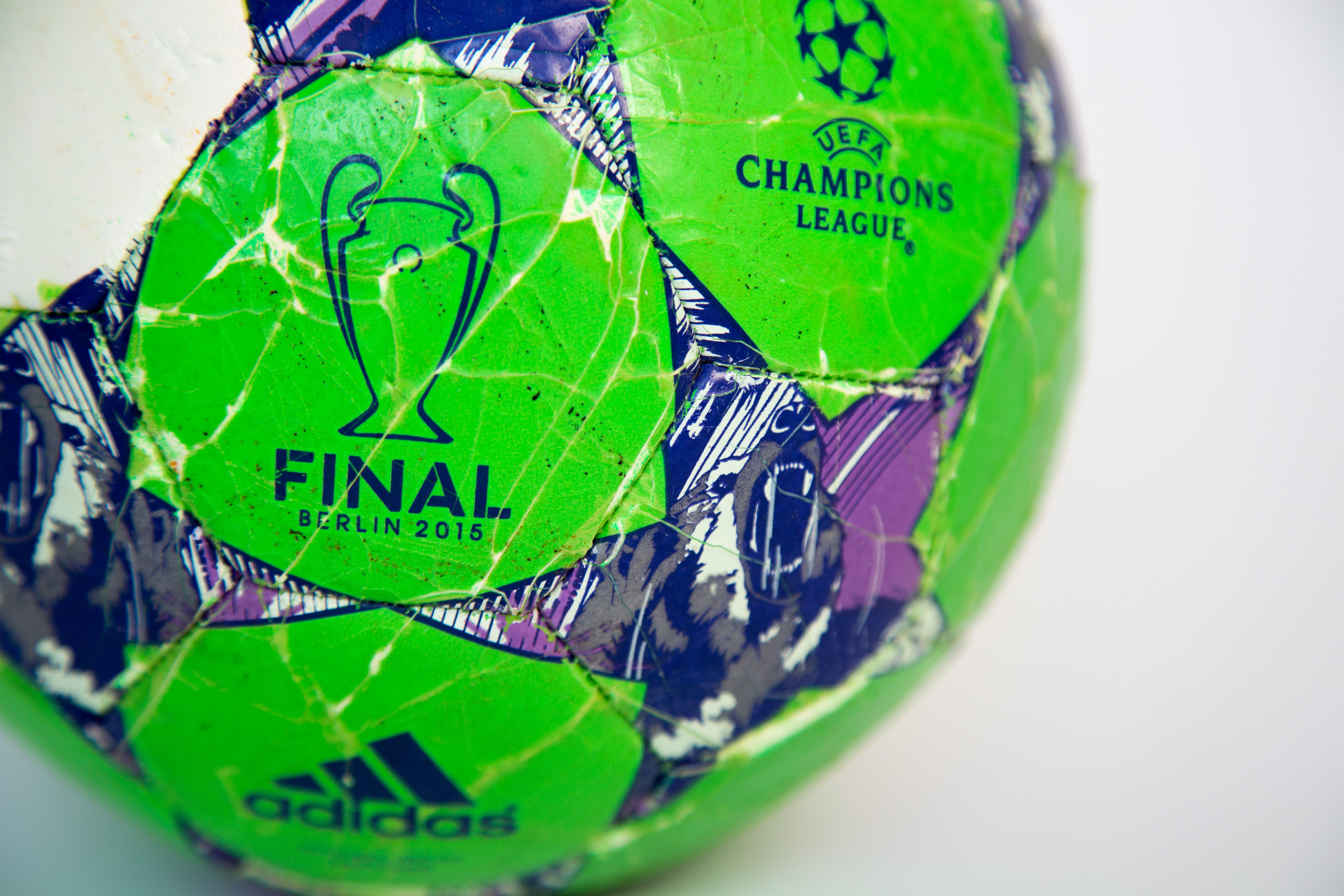
Designer Thomas Thwaites decided to ‘repair’ the ball by turning it into a memorial, fixing in ‘stone’ the marks left by Lucky playing with the original ball. To create the cast, he unstitched the ball, turned it inside out and poured plaster into the opening to capture the shape, indentations, and green flakes of the original football.
Bao Bao Handbag

A polyvinyl bag repaired using recyclable stainless steel and cotton thread
Owner: Meiho (SG)
Repaired by: Elissa Brunato (UK) in London, 2022
This handbag is part of the Bao Bao collection first launched by Japanese fashion designer Issey Miyake in 2000. Renowned for their tessellated structure and innovative materials, the Bao Bao bags are prime examples of the designer’s technology-driven approach to fashion.
An unusual gift from one of her friends, the owner explained: “the idea of carrying something that looked like a cross between a soccer ball and a disco light intrigued me. It soon became my favourite bag of all time. When the Bao Bao started to fall apart from wear and tear, it seemed like we could no longer go places as before. It is especially thrilling to embark on this adventure of transformation, as we journey together from old brokenness to a fresh new start.”
Material designer and systems thinker Elissa Brunato has replaced lost or damaged patches with custom-made stainless-steel triangles. By using embroidery to apply the pieces, she aims to empower the owner to carry out future repairs. The recyclable steel triangles embrace the modularity and movement of the object whilst giving the bag the shiny finish of a disco ball. Brunato has passed on extra triangles to the owner so she can continue transforming the bag as it breaks.
Wedding Glass

Broken shards of glass transformed using lampworking
Owners: Stefanie and Ashley Agar (UK)
Repaired by: Attua Aparicio Torinos (UK) in London, 2022
This chain is made of the shards of a glass broken 15 years ago as part of a non-religious performance of the Jewish wedding ritual of ‘breaking the glass’.
Keen to incorporate her Jewish heritage into the wedding day, Stefanie explained: “As the ceremony was secular, we performed the ritual glass breaking as guests were going into dinner, followed by the traditional 'Mazel Tov' cheer. Our wedding brought together friends and families from across cultures, religions, countries, and the marriage is still going strong though we have all changed. I would see the repaired glass as a symbol of that.”
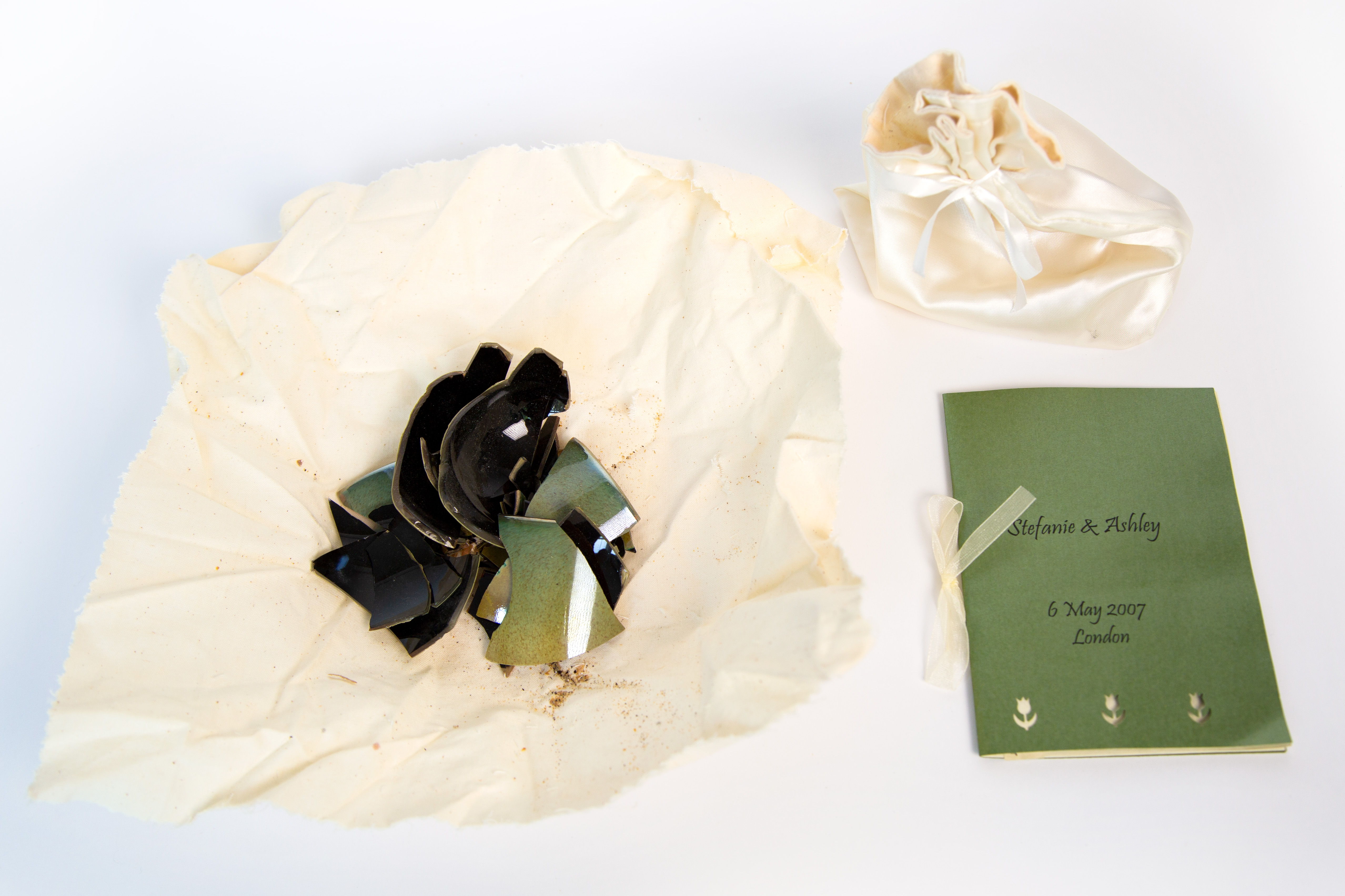
Mindful of the glass’s symbolism, multidisciplinary artist Attua Aparicio Torinos wanted to preserve each individual shard in her repair. She made each link by stretching and shaping the molten glass shards and smoothing their sharp edges. The resulting chain can be interpreted as a symbol of connection, love and eternity.
Glass Bottle
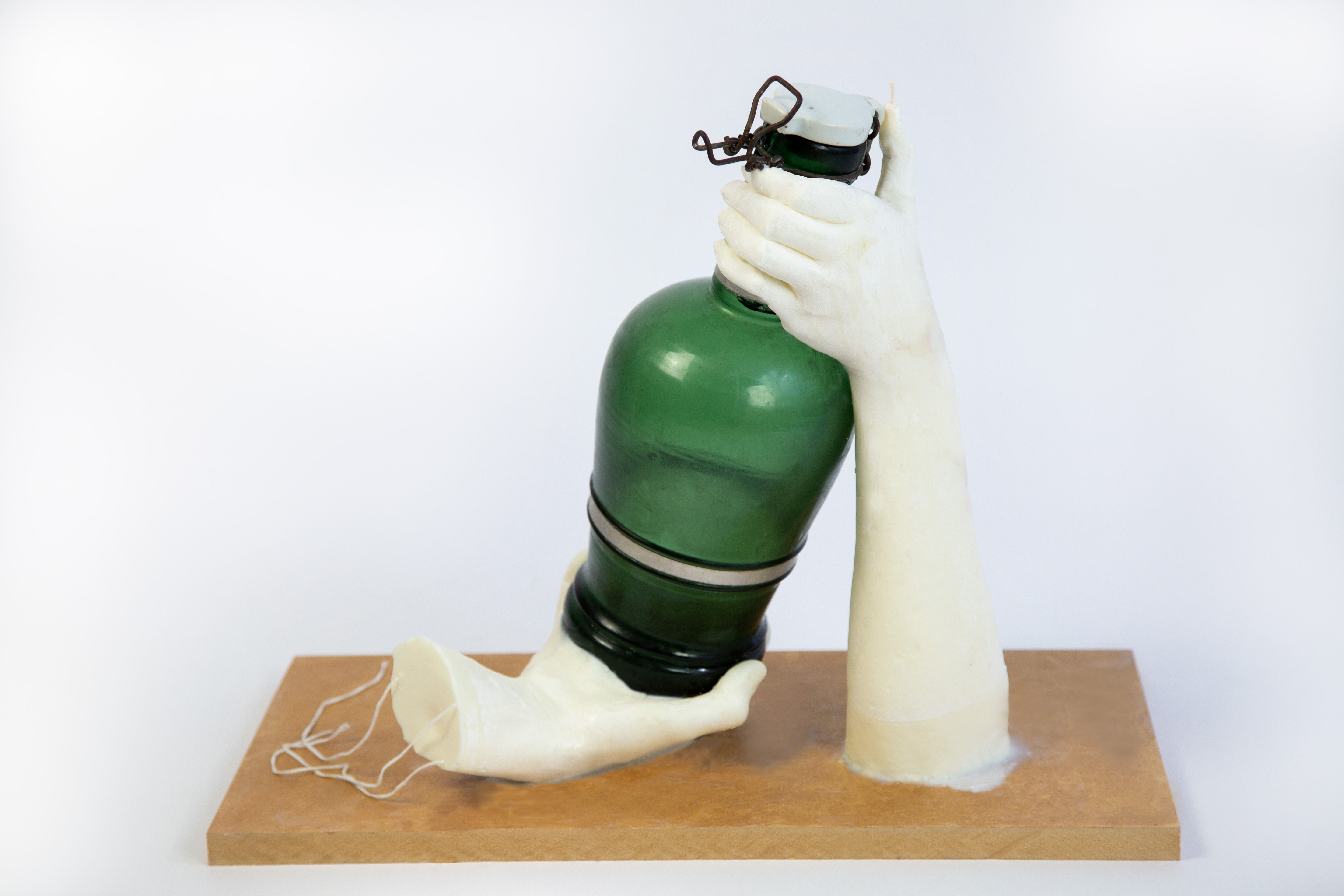
Glass Bottle with ceramic lid and metal clasp, repaired with soy wax
Owner: Anonymous (UK)
Repaired by: Tzen Chia (SG) in London, 2022
Bottles of this kind – also called growlers – were used to contain and transport beer. This 18th century example, which came from the aunt of the owner’s German grandmother, was recently knocked over, cracking the neck and lid.
Of her German ancestor, the owner said: “Tante Anni was an important member of the family – and certainly a figure who through her things was a presence in my childhood even though I’m too young to have met her. The bottle is from her holiday home in the countryside near Celle. I have always loved it."
In recognition of the four generations who have held this bottle in their care, Singapore architect and designer Tzen Chia has mounted the base of the bottle onto a life-size cast of the owner’s hand, while a cast of Chia’s hand secures the cracks at the top. The use of wax hints at the ephemerality of our interaction with our possessions, compared to the durability of the objects themselves.
Repaired Objects 2021 on show:
Minjeong’s Glasses
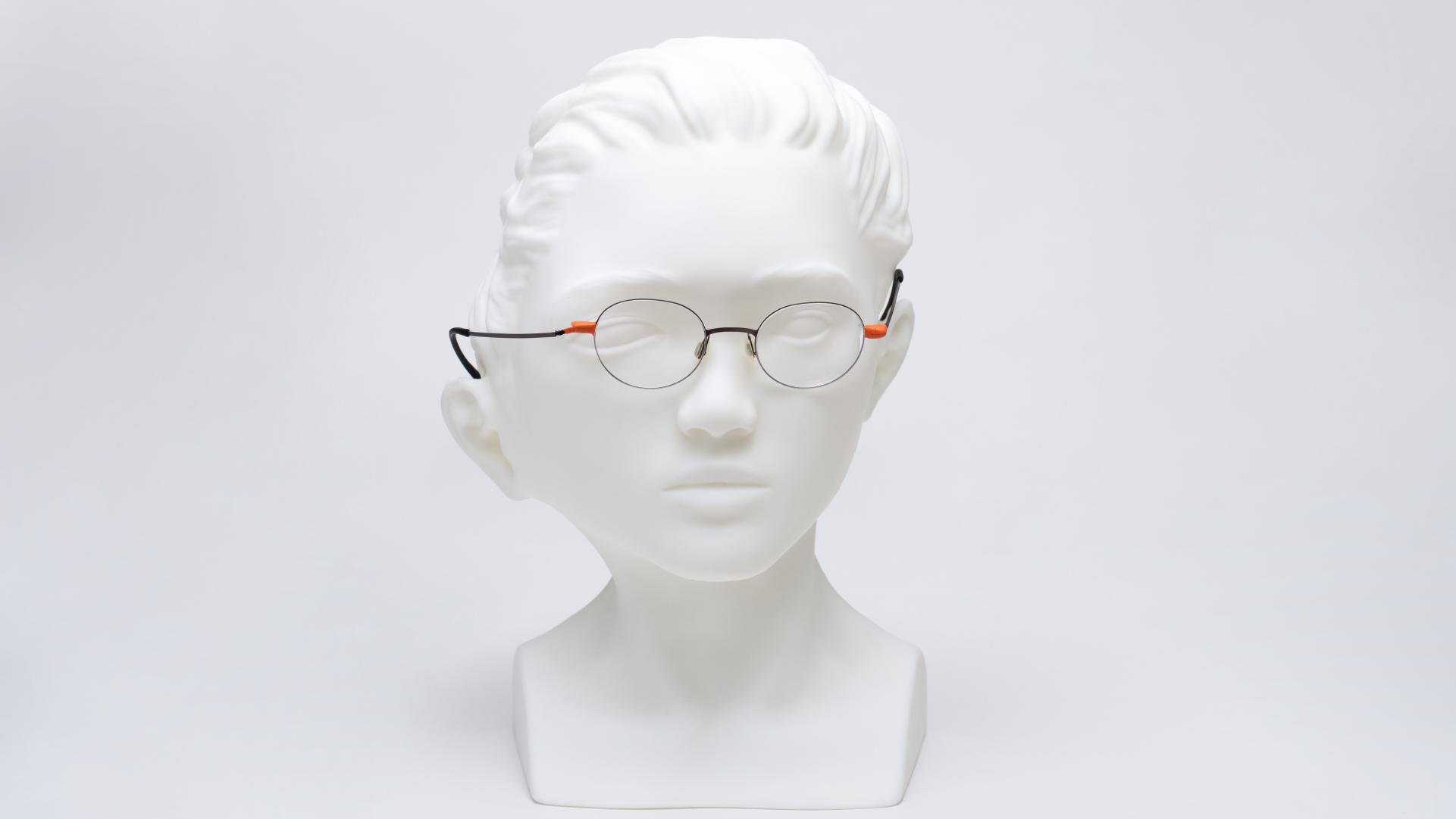
Sculpture created using broken glasses
Owner: Minjeong Cha (SG)
Repaired by: Kinetic (SG) in Singapore 2020
Owner, Minjeong Cha comments:
“A couple of years ago, I got this pair of glasses when I was visiting my parents in Korea. I loved wearing them to read, write or draw because they were very light and it did not feel like I was wearing them at all.
Back at my old house, I often left my glasses lying around. My girls, who are very curious about whatever I hold or wear, played with it. As they are flexible, they stretched the glasses and eventually broke them. Actually, it was the second pair of glasses that my kids have broken. Now, I have very strong glasses that come in a full frame with screws. You cannot really bend or break them, but they are very heavy. I miss my old glasses.”
Repair Designer, Kinetic comment:
“The glasses you see are in the original misshapen state in which the owner gave them to us. What if we say that the glasses are not actually spoilt? Rather, you are just looking at them wrong? We take this idea to the extreme by proposing that the owner can adapt herself to the deformed glasses instead. The installation challenges how we view and treat our everyday objects, and to re-examine our throwaway culture in this age of consumerism. Instead of thoughtlessly replacing the things we see as waste, sometimes viewing it in a different vantage point gives them a new life.”
Justin and Sheere’s Clock Radio
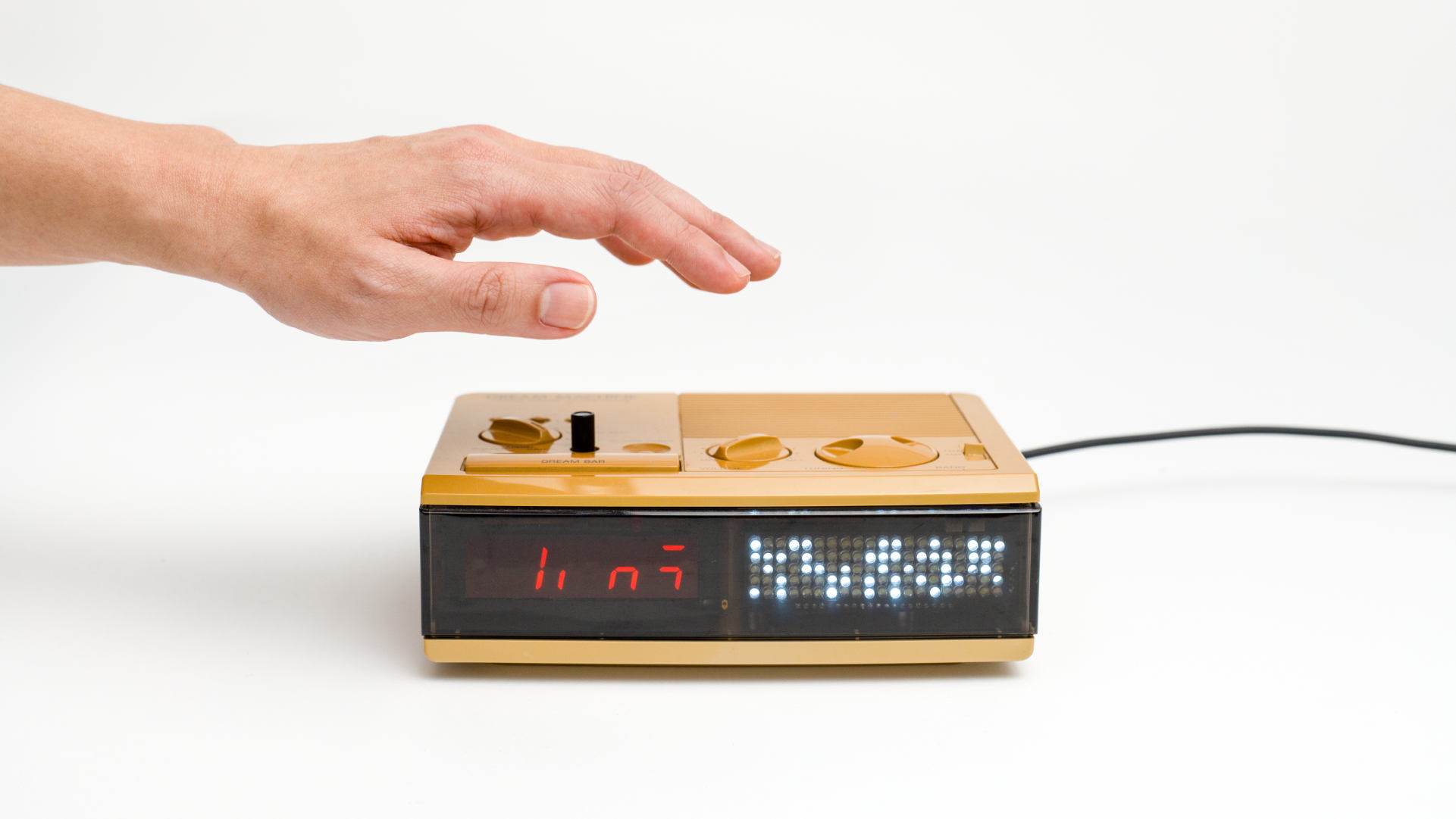
Repaired, story telling alarm clock
Owner: Justin Zhuang and Sheere Ng (SG)
Repaired by: Clement Zheng (SG) in Singapore 2020
Owners, Justin Zhuang and Sheere Ng comment:
“We bought this clock while studying in the US. As we were living apart and alone at one point—Sheere was in Boston, while I was in New York—I got each of us a clock radio to provide some background noise in the house. While searching on eBay, I was intrigued by the name and design of this series of “Dream Machines” from Sony. I ended up buying two different second-hand models and this retro-looking one was for Sheere, which she brought over to New York eventually. It became our companion as our apartment is along a quiet street. We literally fell asleep, dreamt and woke up to this clock radio. It became so symbolic of our time overseas that we brought it back to Singapore for our new home. Alas, I blew the fuse when I plugged it in. I should have listened to my wife who warned me that the two countries use different voltages!”
Repair Designer, Clement Zheng comments:
“An ever-present bedside companion while in the US, this alarm clock radio met its demise when plugged into a Singapore wall socket. The repaired object tells the time again; and also recounts eleven stories written by the owners about their time overseas. A new story is triggered with each press of the snooze button, rendered through scrolling text on a bespoke LED panel, and to the tune of white noise generated by the refurbished radio speakers.”
Ng Zi Ning’s Seashell repaired by Lim Qi Xuan
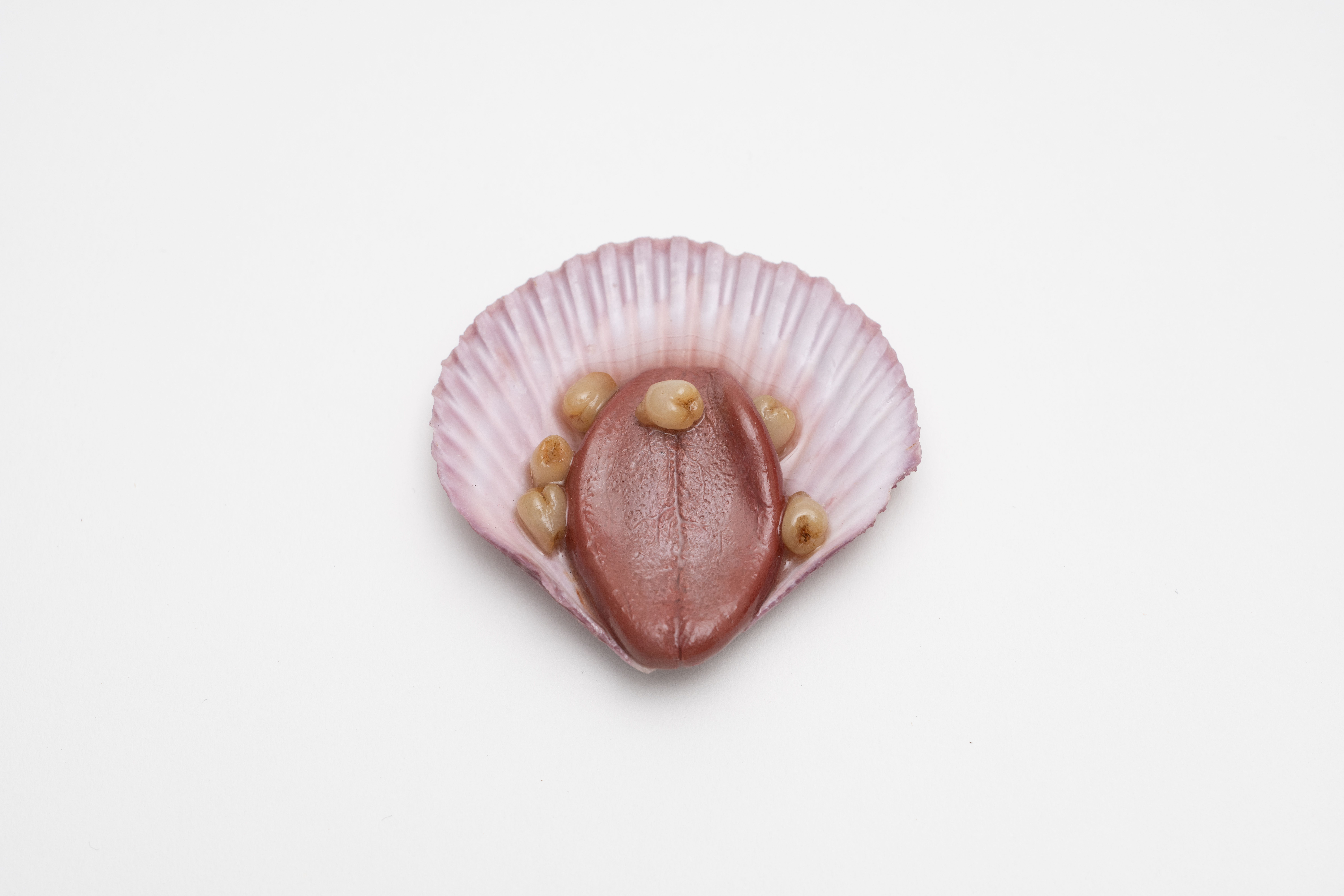
Repaired seashell featuring milk teeth
Owner: Ng Zi Ning (SG)
Repaired by: Lim Qi Xuan (SG) in Singapore 2020
Owner, Ng Zi Ning comments:
“This seashell was given to me by my primary school classmate. I can’t remember why she gave me a whole bunch of them but I still have the rest. As I had then never been to the beach or seen seashells in real life, my first thought upon receiving them was: “Wah! I got something special.” I never asked where she got them as we did not keep in contact. The funny thing is we live near one another. So sometimes when I go out to eat or to work, I will see her, and we still say hi. I still keep the seashells because they don’t take up much space. Another reason may be because they represent a fun period of time. In primary school, there was not much to worry. So it’s like a nice little memory to look back on whenever I spring clean.”
Repair Designer, Lim Qi Xuan comments:
“This seashell was a simple gift from a girl who lives nearby. A friend. The memory is now quite hazy, but still sweet. The shell is symbolic, as something that once had life in the ocean, but found its way on our shores as a remnant and memory of its past. Finding the parallel between the shell and the milk teeth we grow and shed as we come of age, the combination of these motifs is a poetic way to tell the story of the friendships that come and go in our lives.”
-Ends-
Notes to Editors
‘R for Repair: London x Singapore’ runs from 17 September – 2 November 2022 at the V&A Museum in the Design 1900 – Nowgallery, Cromwell Rd, London SW7 2RL.
For media enquiries please contact Camron PR:
Judith Fereday: Judith.Fereday@camronpr.com
Chloe Boucouvalas: Chloe.Boucouvalas@camronpr.com
Participating designers include:
Attua Aparicio Torinos (UK)
Brown Office (UK)
Elissa Brunato (UK)
Ng Si Ying (SG)
Rio Kobayashi (UK)
STUDIO DAM (SG)
Studiomama (UK)
Syafiq Jubri (SG)
Thomas Thwaites (UK)
Tzen Chia (SG)
Objects from the 2021 edition featured include:
Clock Radio repaired by Clement Zheng (SG)
Glasses repaired by Kinetic (SG)
Seashell repaired by Lim Qi Xuan (SG)
Exhibition Designer 2022:
Nice Projects
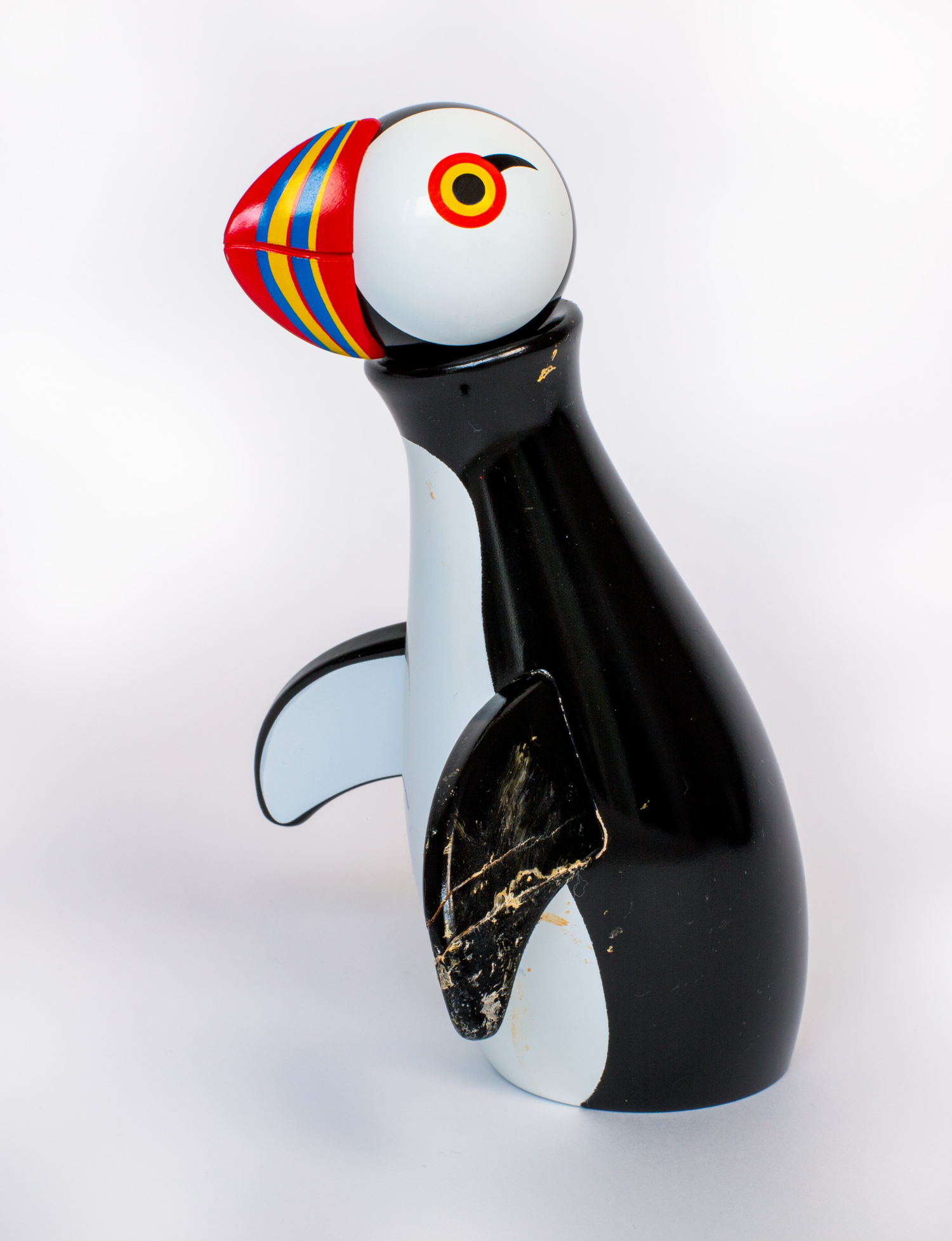_photo%20by%20Zuketa%20Film%20Production.jpg)
%20%E2%80%93%20repaired%20by%20Ng%20Si%20Ying%2C%20part%20of%20R%20for%20Repair%202022.%20Image%20by%20Zuketa%20Film%20Production_1.jpg)
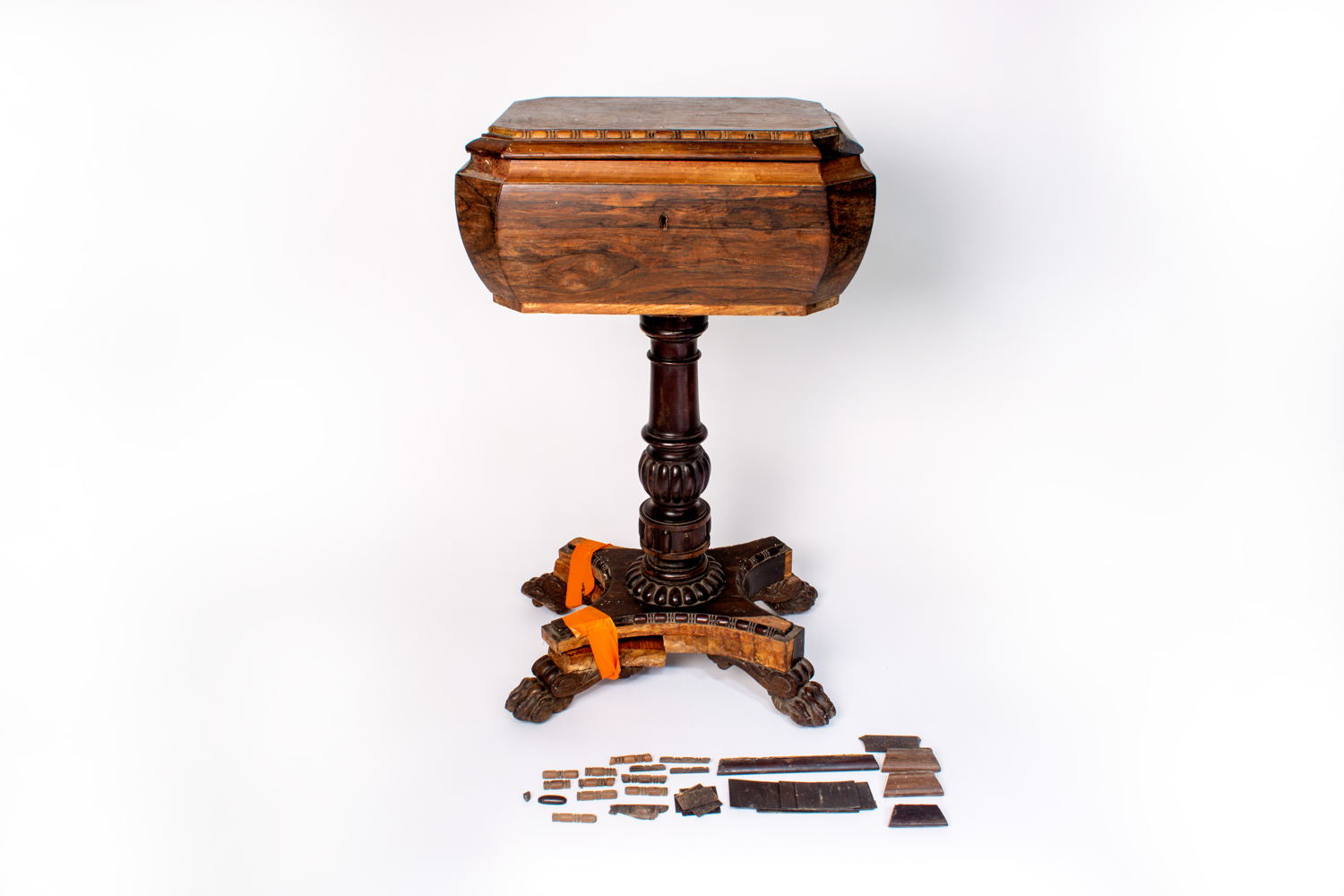_photo%20by%20Zuketa%20Film%20Production.jpg)
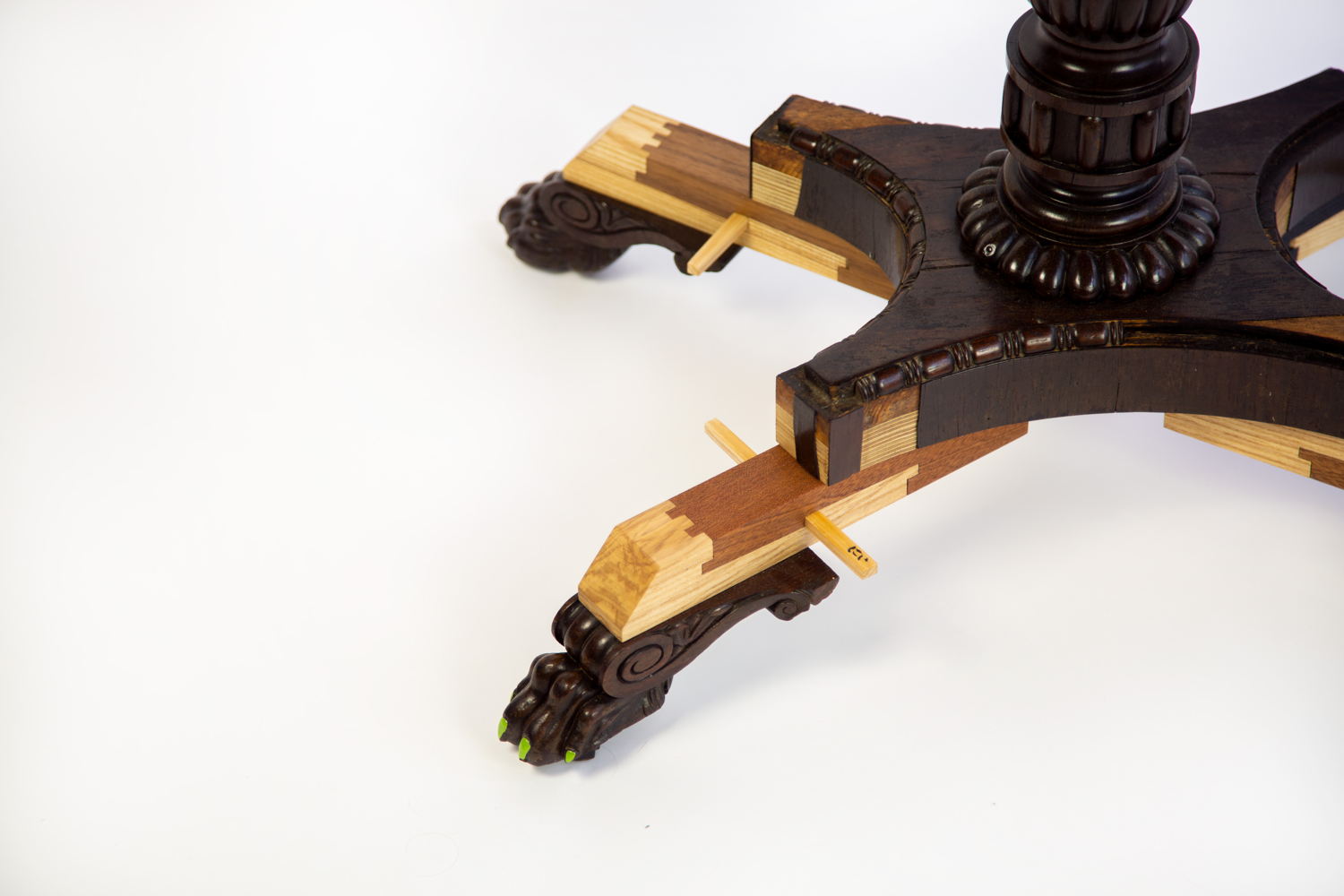
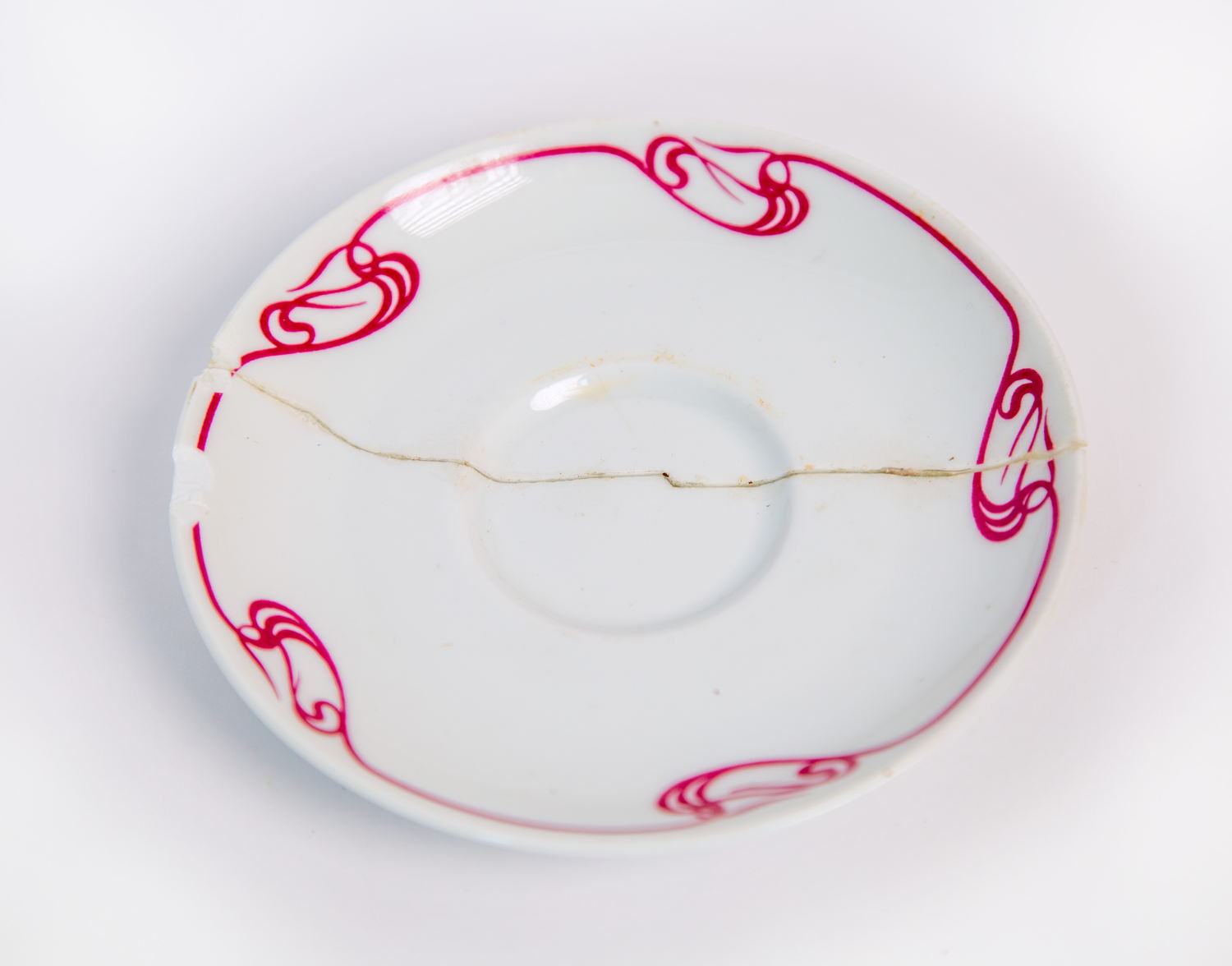
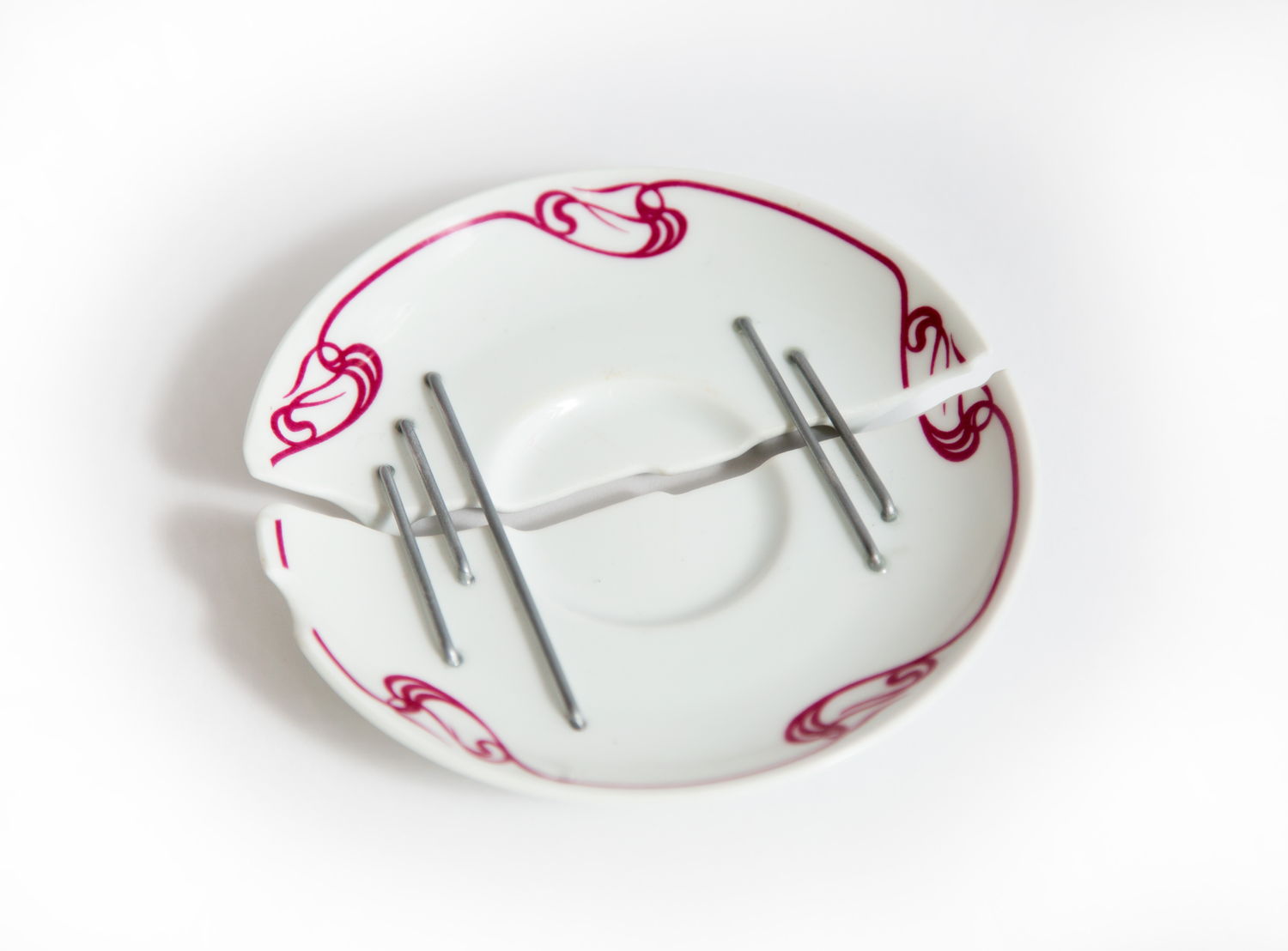
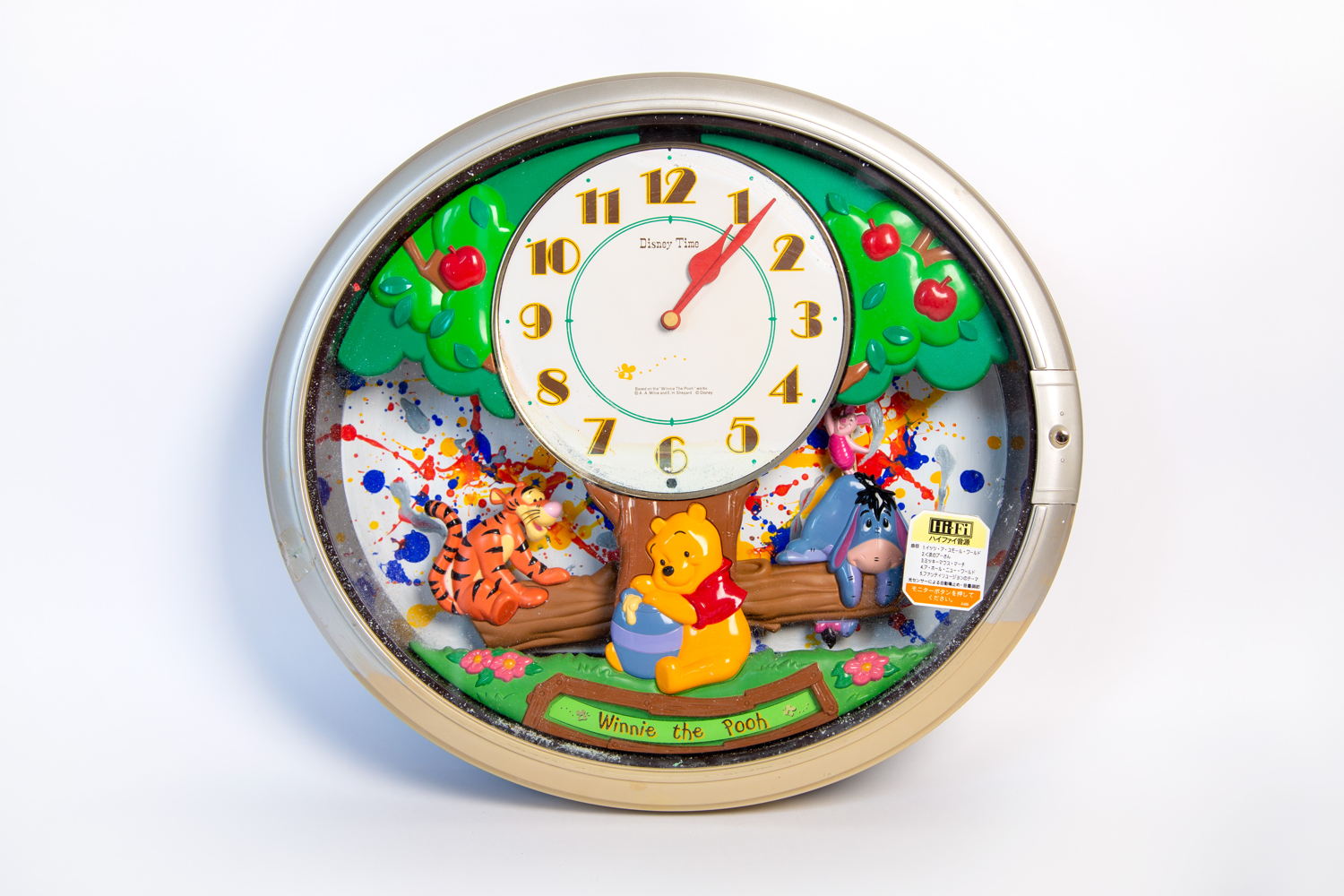
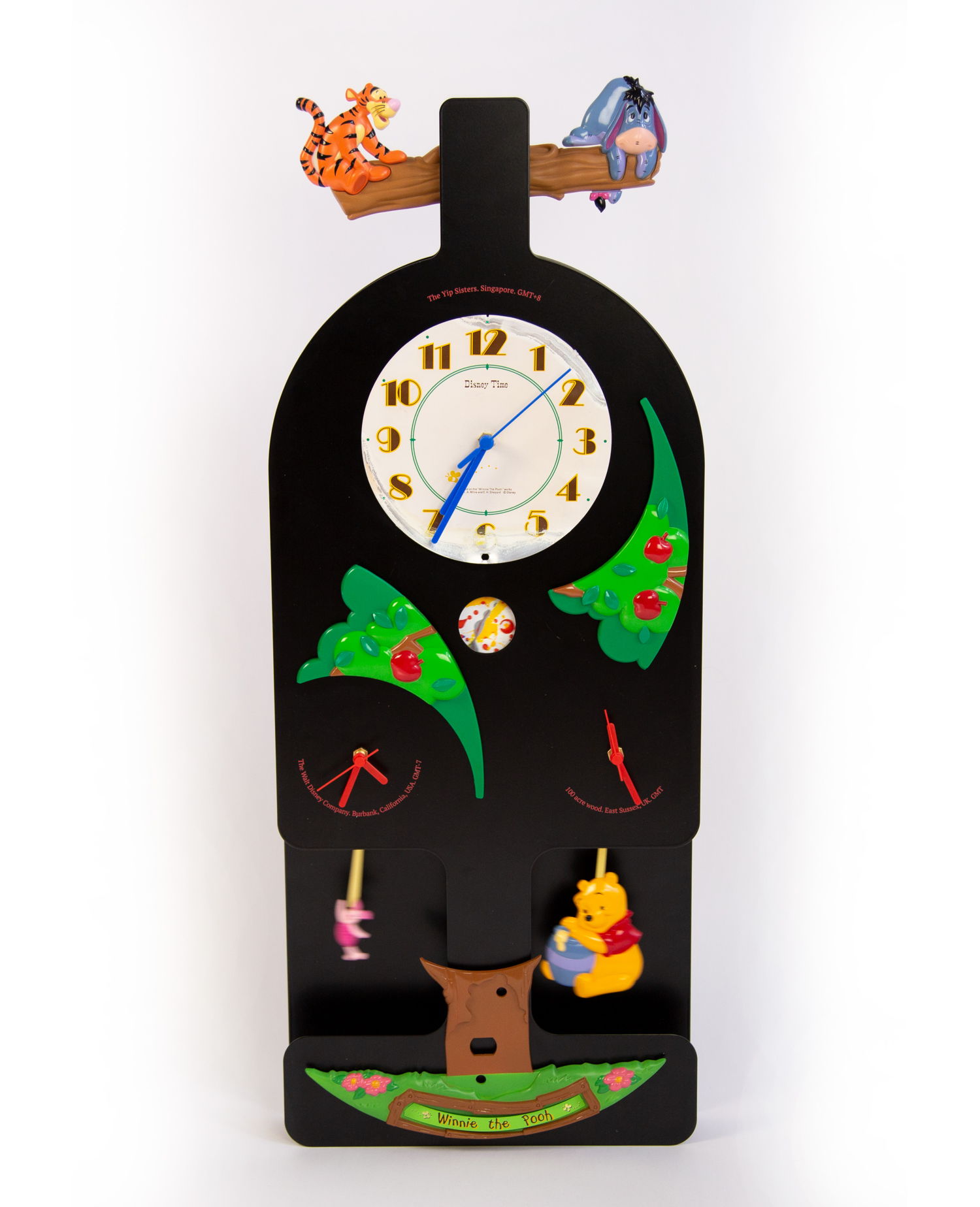
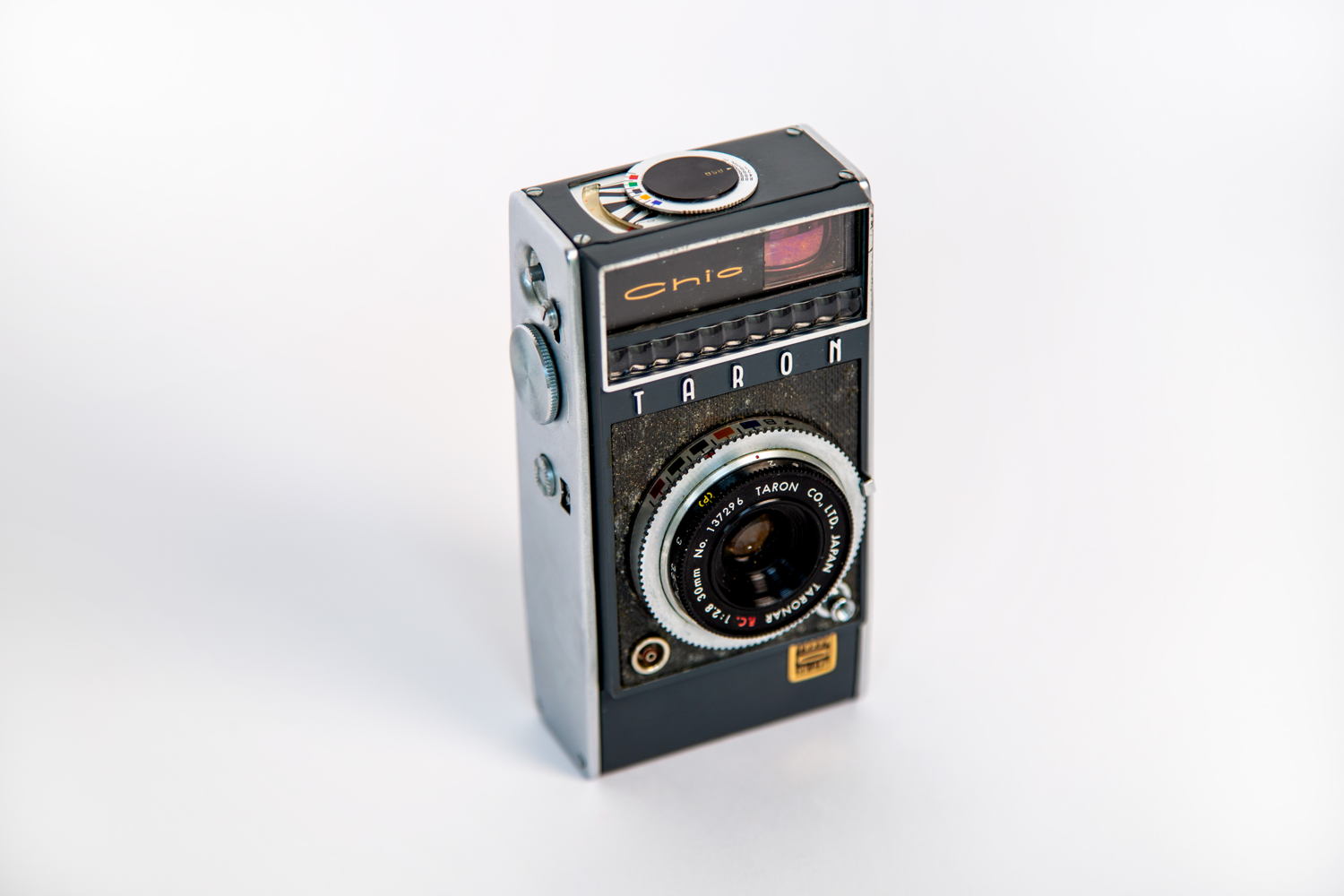
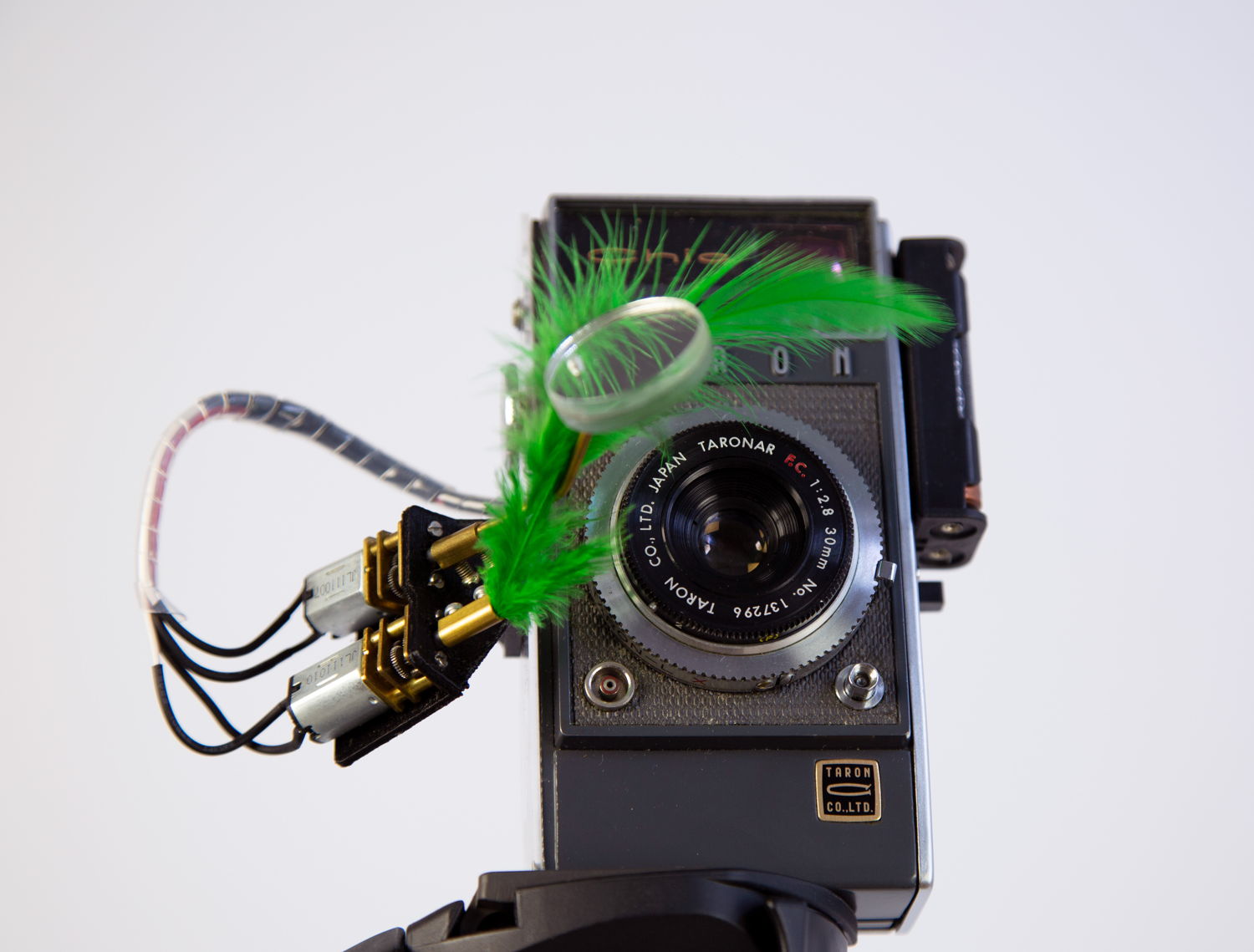
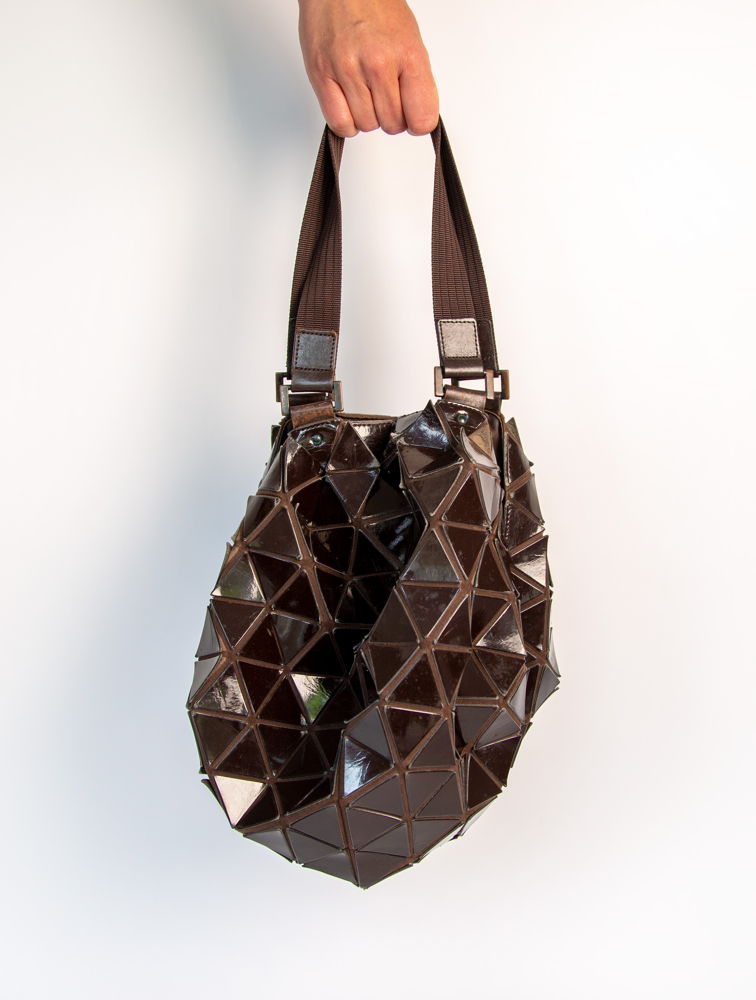
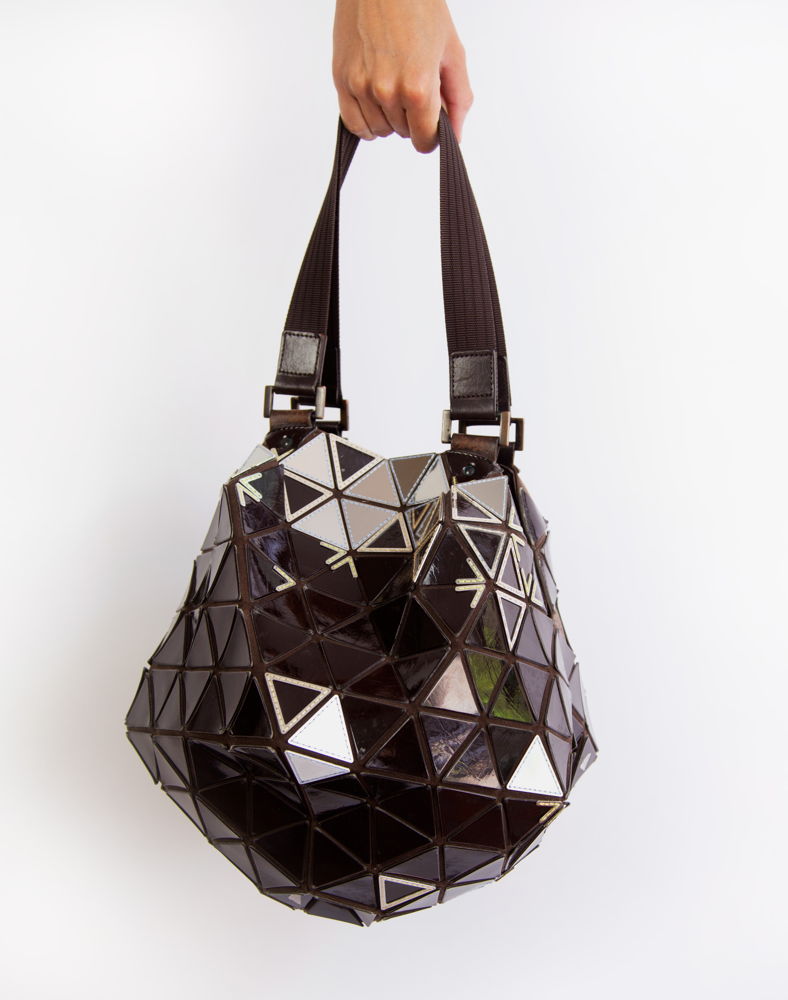
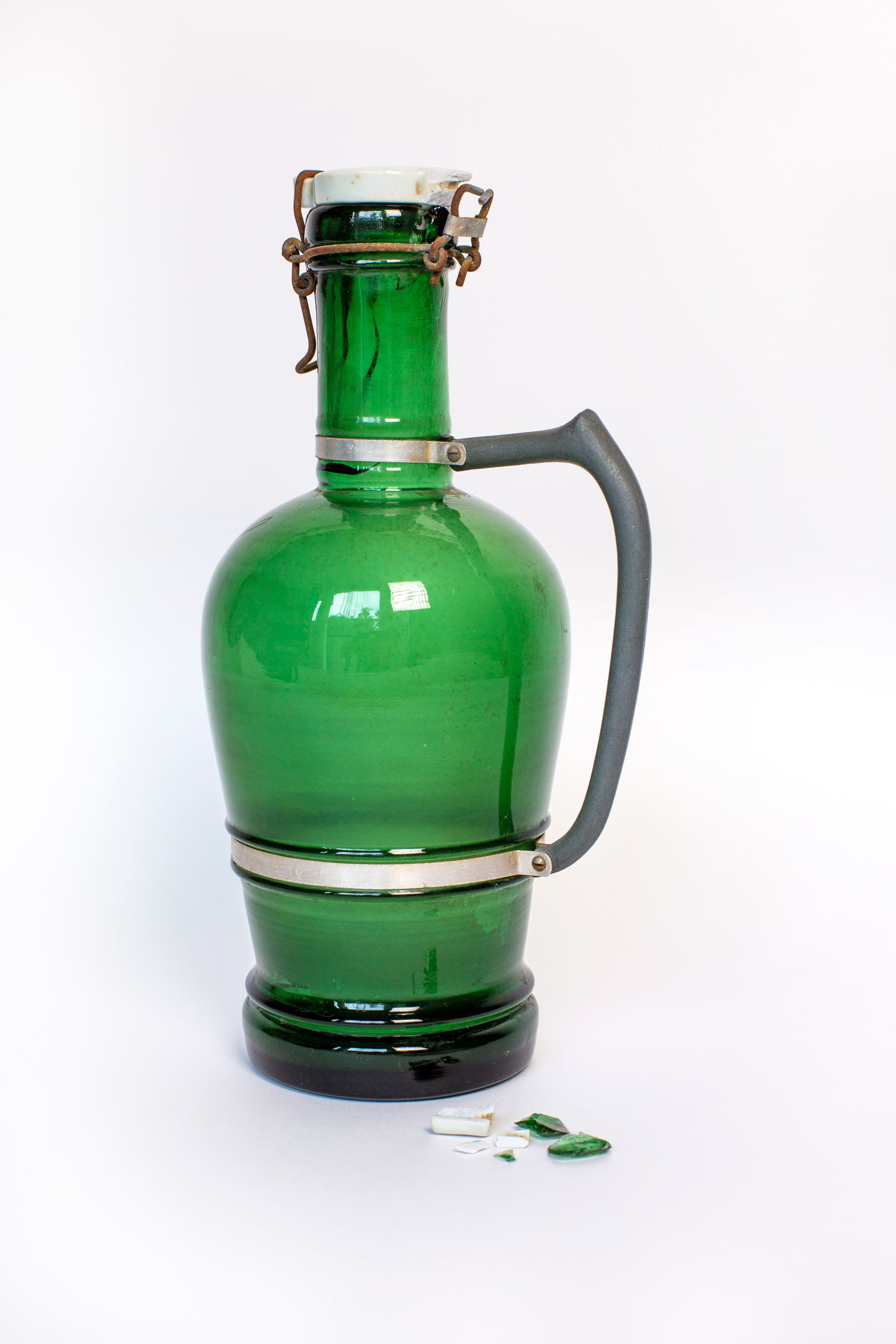_photo%20by%20Zuketa%20Film%20Production.jpg)
